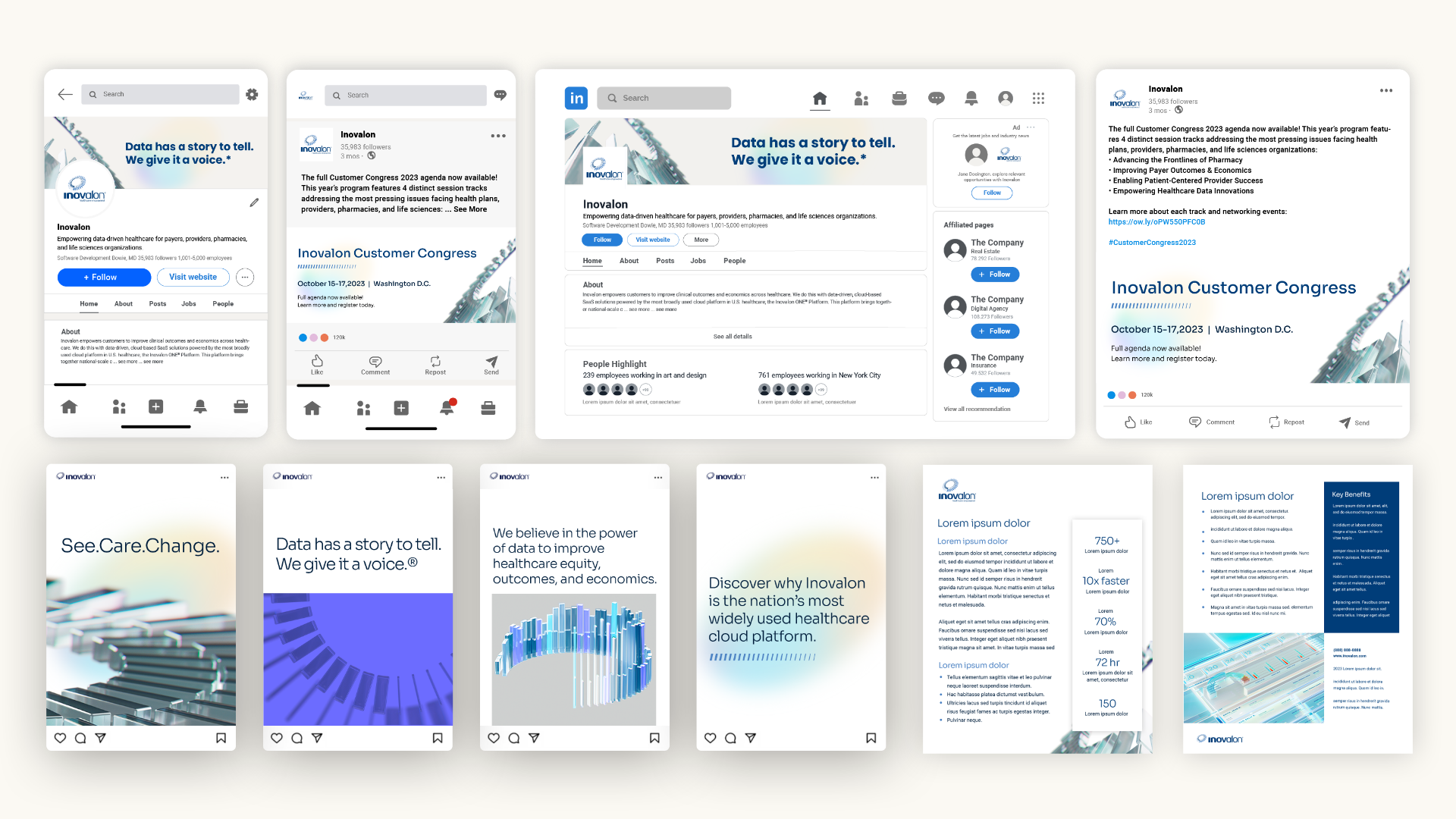In account-based marketing (ABM), identifying the right accounts is just the first step. Many organizations invest heavily in ABM programs but struggle to measure their impact across the full buyer journey. From early intent signals to closed-won revenue, tracking the right analytics is key to understanding which accounts are truly engaging—and which campaigns actually influence deals.
Modern ABM analytics now make it possible to connect intent with pipeline, giving marketers and sales teams the insights they need to make smarter decisions. In this post, we’ll explore how to track intent from first touch to close, and why deeper-funnel metrics are essential for accurate attribution.
Why Intent Data Is the Starting Point for Accurate ABM Attribution
Intent data reveals which accounts are actively researching topics relevant to your business. This includes signals like search activity, content downloads, website visits, and social engagement. By capturing these early signals, marketing teams can identify high-potential accounts, validate ideal customer profiles (ICPs), and prioritize efforts.
But intent data is only valuable if it connects to pipeline outcomes. When early-stage insights feed into CRM and ABM platforms, sales and marketing can act quickly, engaging accounts with personalized content and timely outreach. This alignment ensures that intent signals translate into measurable revenue impact rather than just surface-level engagement.

Mapping Intent Across the Full Funnel
The power of ABM analytics comes from connecting early intent with mid- and late-funnel activity. Once a target account shows intent, you can track their engagement with nurture campaigns, demos, sales meetings, and buying committee interactions.
Journey analytics tools help visualize account movement, revealing which signals correlate with progression through the funnel. Closing intent gaps requires consistent data capture, standardized engagement scoring, and collaboration between marketing and sales. When teams share a single view of high-intent behavior, outreach becomes both timely and relevant, shortening sales cycles and improving conversion rates.
The ABM Metrics That Actually Matter for Revenue Leaders
Not all ABM metrics are created equal. Rather than focusing on impressions or clicks, revenue-driven organizations track metrics tied to real outcomes. Key metrics include:
- Account engagement score: A composite measure of interactions across channels.
- Buying committee participation: How many decision-makers are actively engaged.
- Pipeline influence: Contribution of ABM campaigns to opportunities and revenue.
- Sales velocity and conversion by tier: How quickly accounts move through the funnel and where interventions are most effective.
Focusing on these metrics gives leaders a clear picture of ABM’s ROI, allowing teams to optimize campaigns and resource allocation.
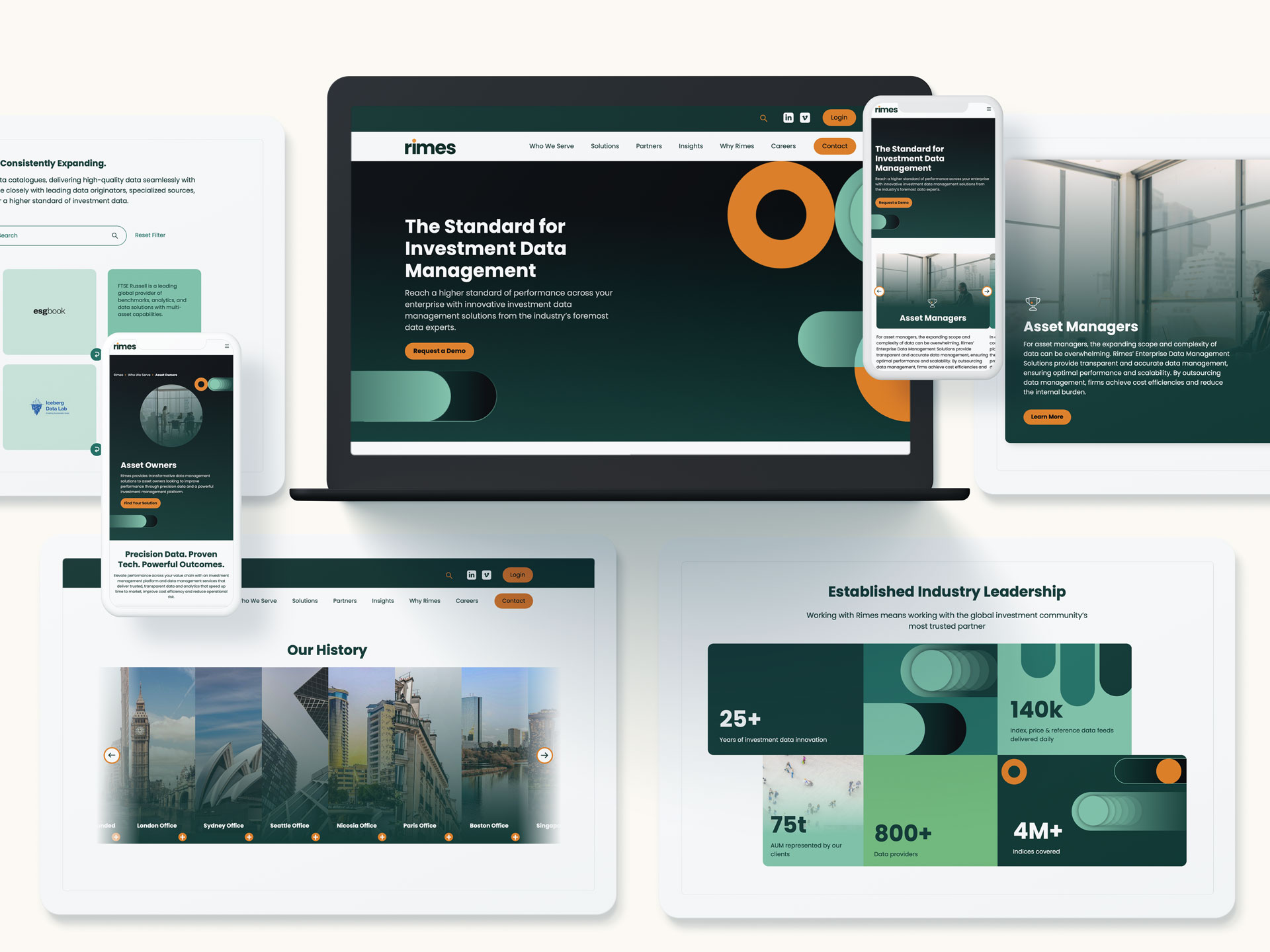
Turning Analytics Into Attribution
ABM attribution is complex due to multiple stakeholders and long sales cycles. Single-touch attribution rarely reflects reality, while multi-touch models show which plays actually move deals.
Deeper-funnel metrics reveal insights like which content accelerates early-stage deals or which channels engage the buying committee most effectively. Real-time dashboards enable continuous optimization, helping marketing teams double down on what works and pivot away from low-impact activities.
Building a Connected Tech Stack
Tracking intent from first touch to close requires a connected technology stack. Essential tools include:
- CRM platforms for account tracking and sales visibility.
- Marketing automation platforms (MAPs) to orchestrate campaigns.
- ABM platforms for account segmentation, intent scoring, and orchestration.
- Predictive analytics and intent software for early-stage insights.
Integrations between these systems allow data to flow seamlessly, giving teams unified reporting and complete visibility into the account journey. Clean, standardized data is essential for accurate measurement and actionable insights.
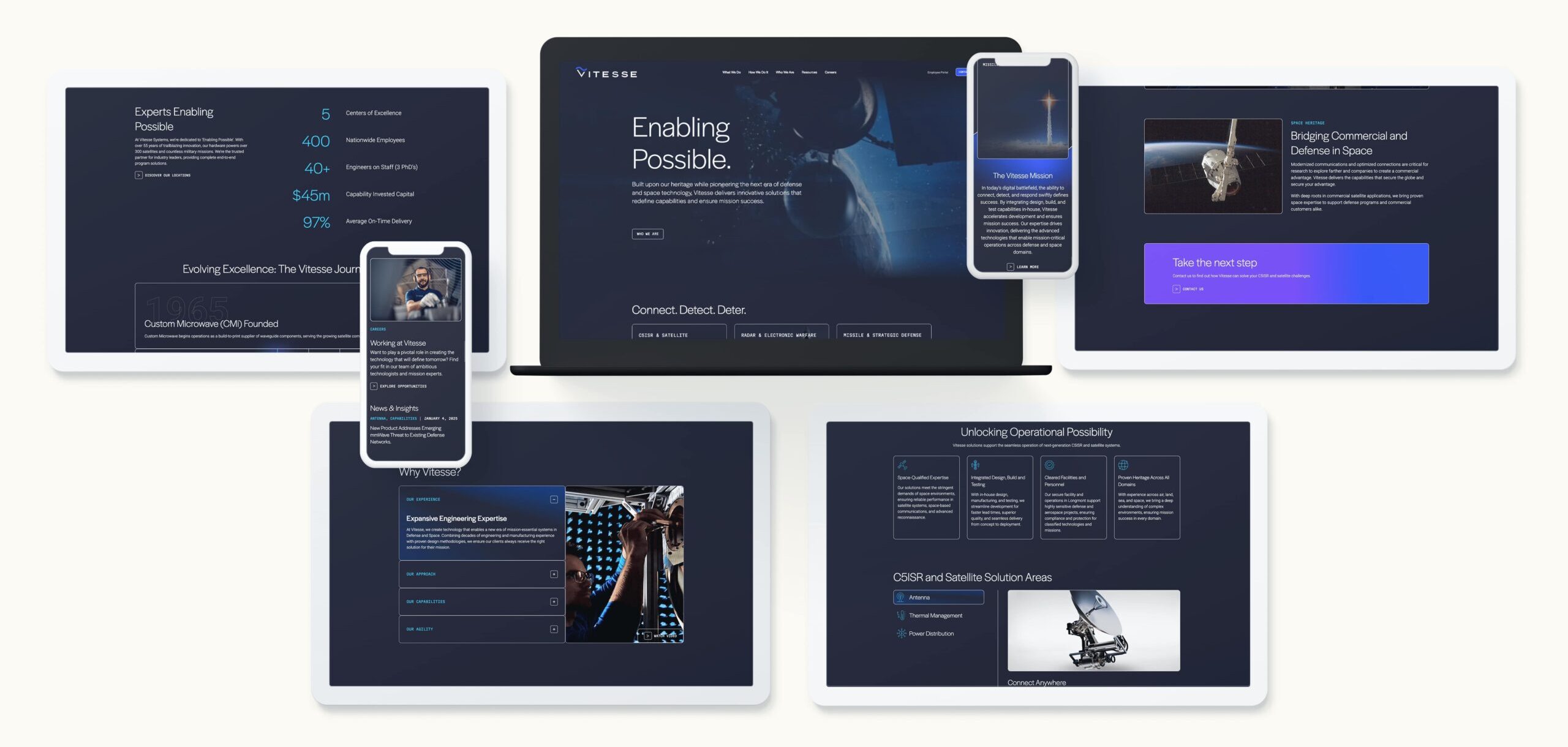
Operationalizing ABM Analytics Across Your Team
Analytics are only useful if teams act on them. Embed insights into weekly revenue meetings, account strategy sessions, and pipeline reviews. Enable sales teams with content and messaging recommendations based on intent data.
Alignment is critical: shared KPIs, dashboards, and SLAs ensure that marketing and sales are accountable for closed-won revenue, not just early-stage metrics. This coordinated approach drives consistent growth and makes ABM a measurable revenue engine.
Better ABM Analytics Lead to Smarter Growth Decisions
When intent is tracked and analyzed across the full funnel, marketers and sales teams can make smarter decisions that directly impact revenue. Connected systems, shared definitions, and revenue-first measurement help organizations identify opportunities faster, engage accounts effectively, and optimize campaigns for measurable impact.
Ready to improve your ABM analytics and drive pipeline growth? Contact Bluetext to discover how we help companies connect intent data to revenue and create full-funnel, account-based marketing strategies that work.
In today’s data-driven world, marketers often focus on clicks, impressions, and leads as primary measures of success. But these top-of-funnel metrics only tell part of the story. What businesses truly need to understand is customer lifetime value (CLV)—the long-term worth of a customer over the entire lifecycle. By moving from short-term metrics to a full-funnel analytics framework, you can make smarter marketing decisions, allocate budgets more effectively, and drive sustainable growth.
Full-funnel analytics goes beyond surface-level engagement. It allows you to measure every touchpoint, optimize the customer journey, and ensure your marketing efforts are generating real revenue instead of just traffic.
Understanding the Full-Funnel Approach
A full-funnel analytics framework considers the complete journey a customer takes, from first interaction to repeat purchases and advocacy. The funnel typically includes:
- Awareness – When potential customers first learn about your brand.
- Consideration – When prospects evaluate your solution against competitors.
- Conversion – When leads become paying customers.
- Retention – Ensuring customers continue to engage and buy.
- Advocacy – When satisfied customers refer others, creating a multiplier effect.
Focusing only on clicks and leads ignores the later stages of the funnel, where real revenue is generated. By tracking the entire journey, you gain visibility into which campaigns and channels drive high-value, long-term customers.
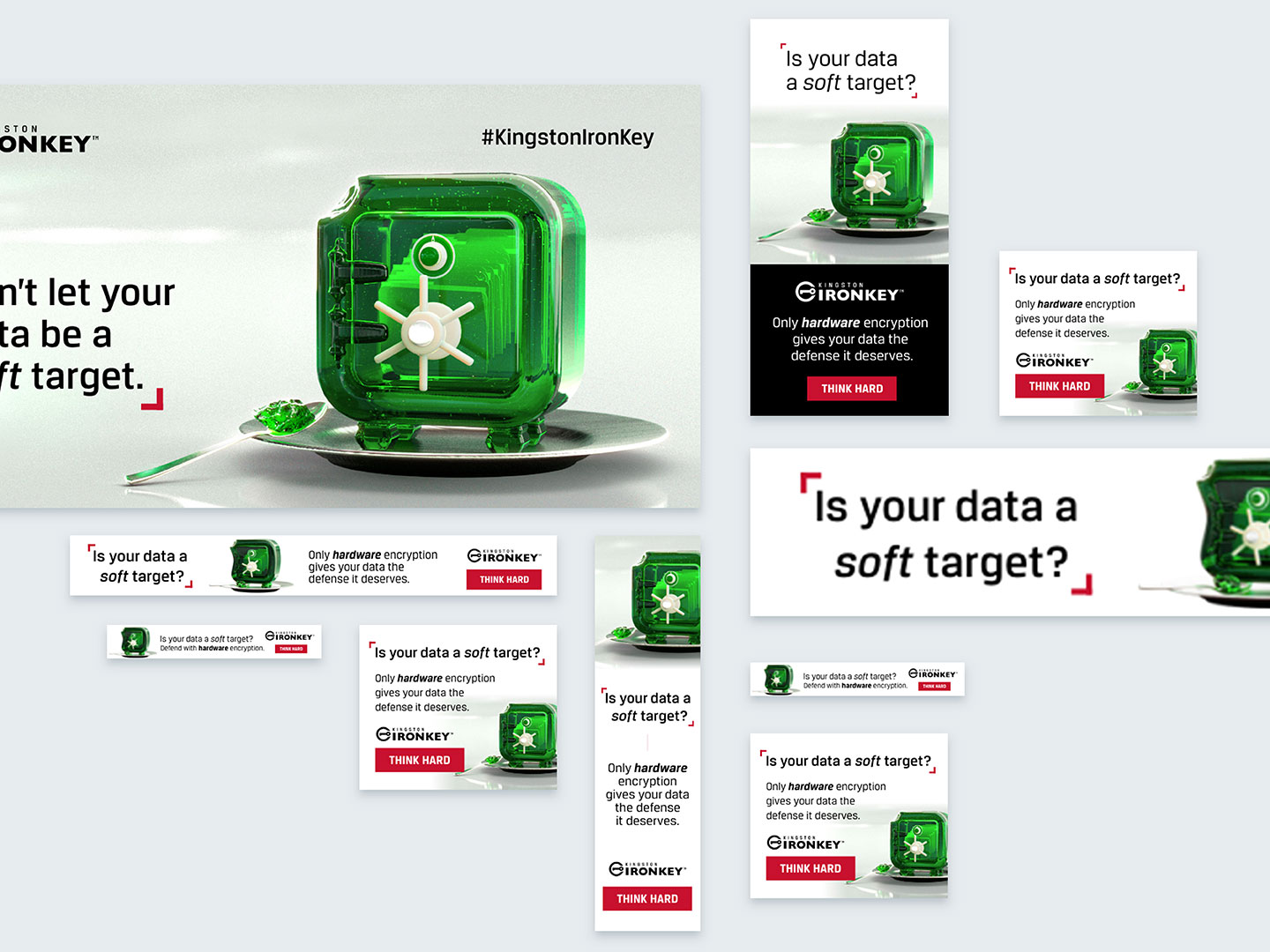
From Clicks to Customers: Mapping Metrics Across the Funnel
To build a full-funnel analytics framework, you need to measure the right metrics at each stage:
- Top-of-Funnel Metrics: Impressions, click-through rates (CTR), website visits, and social engagement. These indicate awareness but don’t guarantee revenue.
- Mid-Funnel Metrics: Marketing Qualified Leads (MQLs), Sales Qualified Leads (SQLs), demo requests, and email engagement. These show consideration and interest.
- Bottom-of-Funnel Metrics: Conversion rates, average deal size, and revenue per acquisition. These metrics reflect true sales performance.
- Retention Metrics: Repeat purchase rate, churn rate, customer engagement scores, and CLV. These reveal the long-term profitability of each customer.
By tracking metrics across the funnel, you can identify drop-off points, optimize campaigns, and ensure your marketing drives measurable business outcomes.
Calculating Customer Lifetime Value (CLV)
Understanding CLV is essential to a full-funnel strategy. CLV estimates the total revenue a customer will generate during their relationship with your business. Here’s a simple approach:
- Average Purchase Value – Total revenue divided by the number of purchases.
- Average Purchase Frequency – How often a typical customer buys.
- Customer Lifespan – Average length of the customer relationship.
- CLV – Multiply the three numbers to estimate lifetime value.
More advanced methods include cohort analysis, predictive modeling, and segment-based CLV. By tracking CLV, you can prioritize high-value customers, optimize campaigns, and improve marketing ROI over the long term.
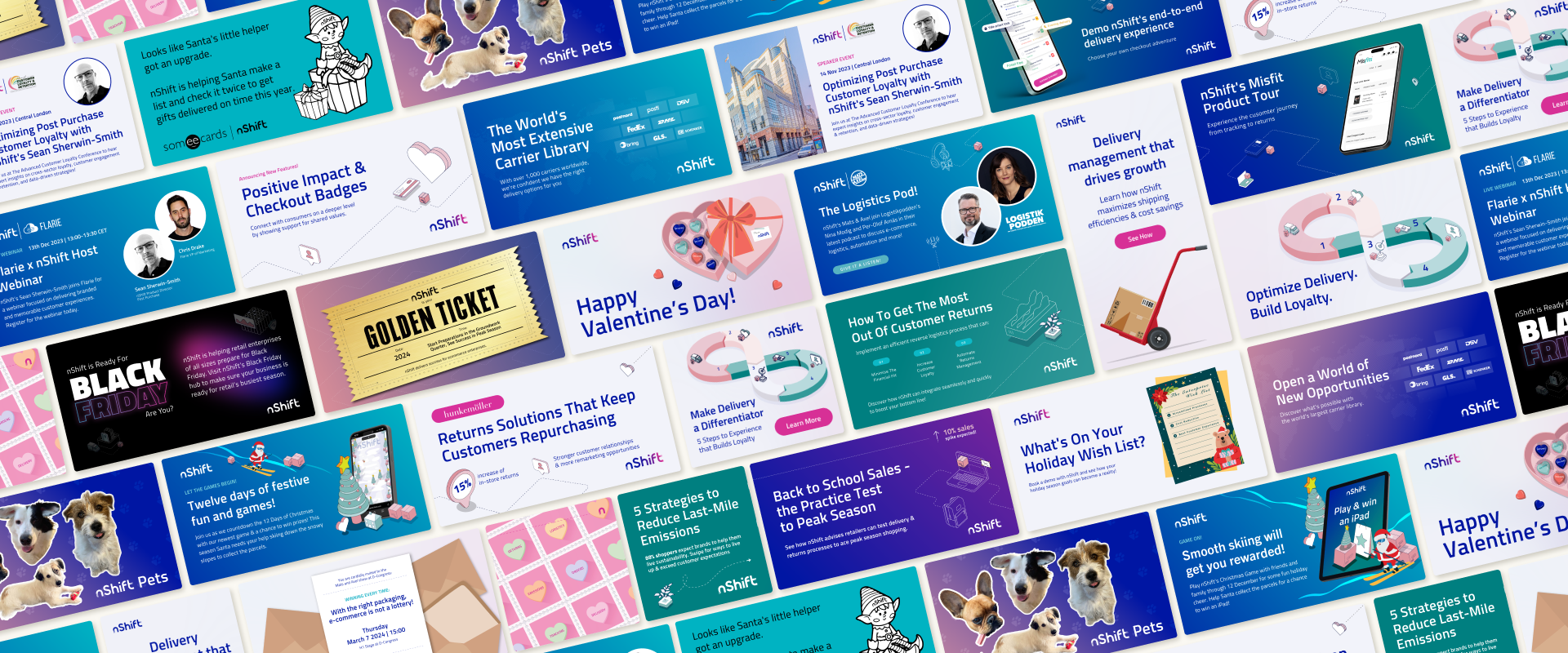
Integrating CLV Into Marketing Strategy
Once you know your CLV, it can inform every marketing decision:
- Allocate budget to campaigns that attract high-value customers.
- Optimize cross-channel efforts to increase retention and repeat purchases.
- Align sales and marketing teams around a shared definition of success.
- Use automation tools to deliver personalized experiences that maximize CLV.
When you prioritize long-term value over short-term wins, every marketing dollar works harder and smarter.
Common Challenges and Best Practices
Building a full-funnel analytics framework isn’t without hurdles. Common challenges include:
- Data silos – Different teams or platforms may track metrics inconsistently.
- Tracking across multiple channels – Customers interact with your brand in many ways, making it hard to unify data.
- Misaligned goals – Sales and marketing may prioritize different metrics, creating friction.
Best practices to overcome these challenges include:
- Implement unified dashboards to consolidate data.
- Define consistent KPIs and metric definitions across teams.
- Regularly audit and refine your analytics framework to maintain accuracy.
With the right approach, these challenges become opportunities to create a data-driven marketing strategy that maximizes CLV.
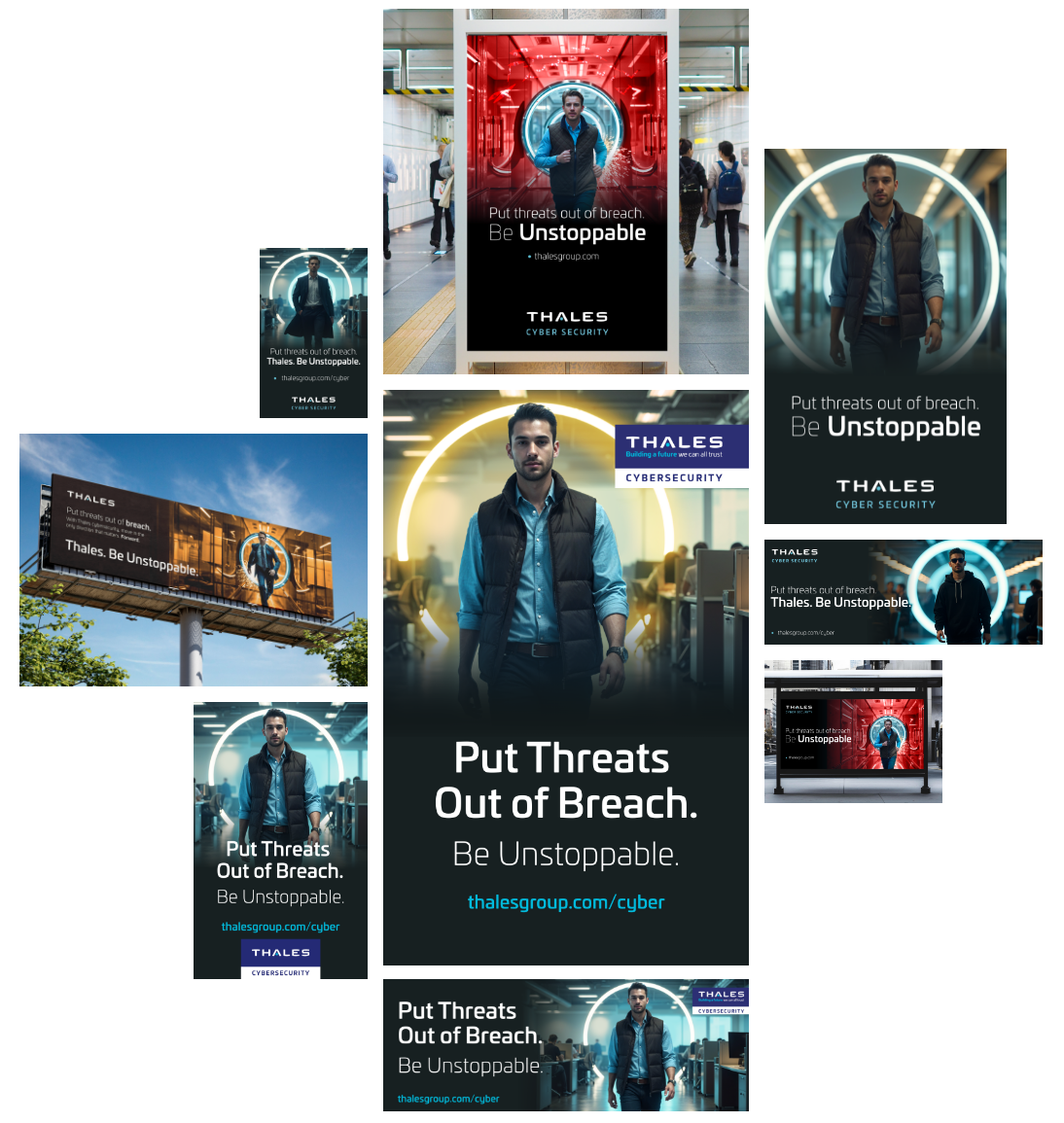
Turning Clicks into Lasting Customer Value
Moving from clicks to customer lifetime value is critical for sustainable business growth. A full-funnel analytics framework allows you to measure the true impact of your marketing efforts across the entire customer journey. By tracking the right metrics, calculating CLV, and integrating insights into your strategy, you can make smarter decisions, optimize budgets, and drive long-term success.
Ready to build a full-funnel framework that turns leads into loyal customers? Contact Bluetext today to start maximizing your marketing ROI.
Marketers have long relied on A/B testing to answer one of the most important questions in digital campaigns: What works best? Whether it’s a subject line, a landing page design, or an ad creative, traditional A/B testing provides valuable insights—but often at a cost. Tests take time, results aren’t always conclusive, and scaling experiments across multiple campaigns can stretch resources thin.
Enter AI-powered A/B testing. By predicting winning variations before full deployment and continuously learning from real-time interactions, AI is transforming the way marketers experiment—delivering smarter insights and faster results.
The Evolution of A/B Testing
Traditional A/B testing has been the backbone of data-driven marketing for decades. The process is straightforward: divide your audience, test two variations, and wait for enough traffic to determine a statistically significant winner.
But in fast-paced digital environments, waiting weeks for results isn’t always practical. Marketers face challenges such as:
- Long testing timelines that delay campaign optimization.
- Limited data when audience sizes are small.
- Risk of spending budget on underperforming variations before identifying a winner.
While effective, traditional A/B testing is reactive. AI brings a proactive, predictive edge.
How AI Is Transforming A/B Testing
Artificial intelligence adds speed and sophistication to the testing process by:
- Predictive Modeling: AI algorithms analyze historical data and user behavior to forecast which variations are most likely to perform best—before the test even begins.
- Real-Time Learning: Instead of waiting for large sample sizes, AI adapts continuously as results come in, reallocating traffic toward higher-performing options.
- Smarter Resource Allocation: By reducing wasted impressions and ad spend, AI ensures marketers get maximum impact from every test.
The result? Faster insights, greater efficiency, and higher confidence in campaign decisions.
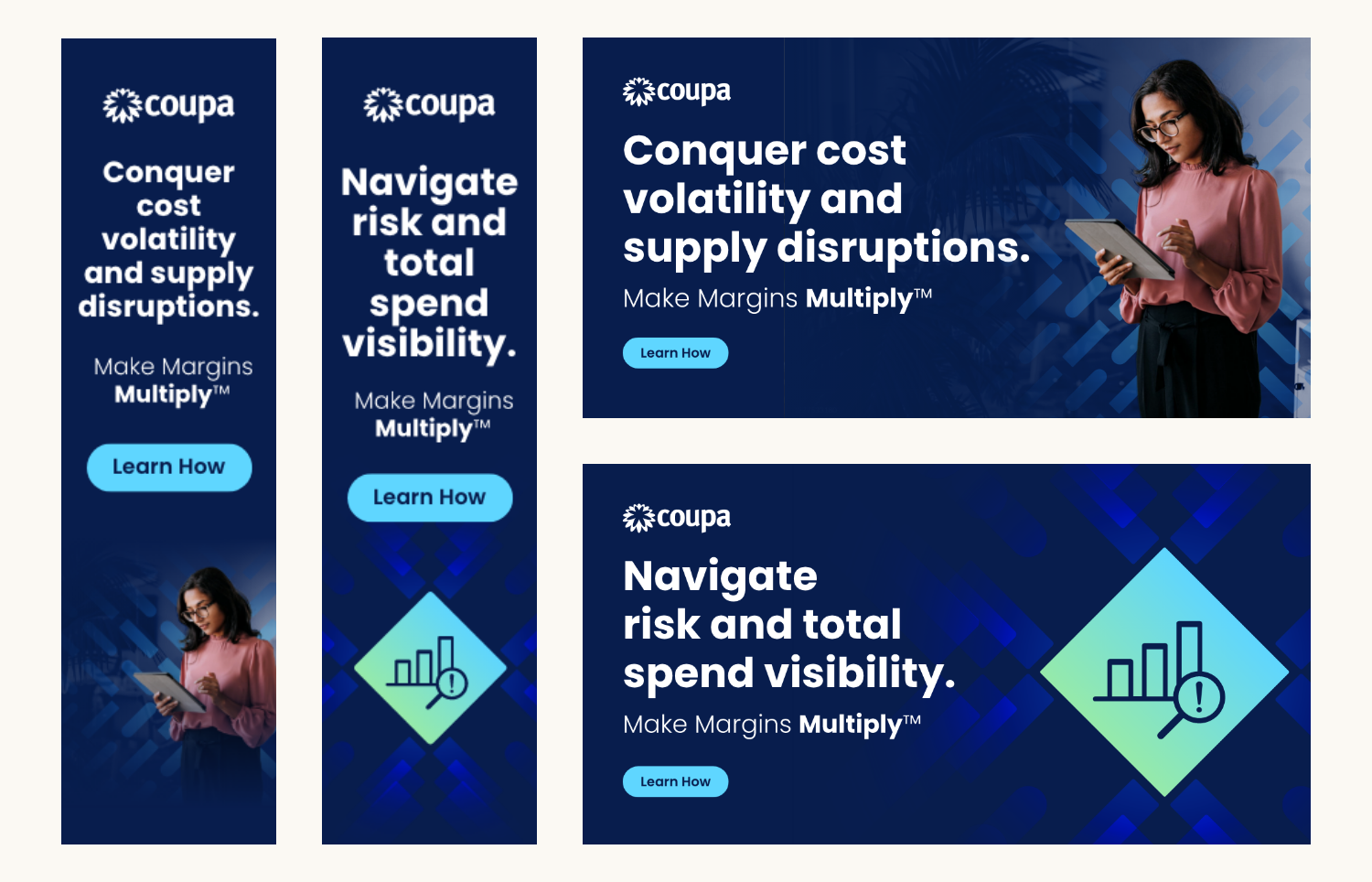
Practical Applications Across Channels
Smarter Email Campaigns
Email marketers know the struggle: testing subject lines, calls-to-action, and send times can take weeks. AI accelerates this by:
- Predicting subject line performance based on historical engagement patterns.
- Optimizing send times for each recipient to maximize open rates.
- Personalizing copy and content at scale for different audience segments.
Instead of waiting until after the campaign has run, marketers can deploy optimized emails from day one.
Website and UX Testing
AI goes beyond simple split tests by dynamically adjusting layouts and content in real time. For example:
- Testing multiple variations of headlines, hero images, or CTAs simultaneously.
- Reducing bounce rates by predicting which page elements keep users engaged.
- Delivering tailored user journeys that adapt to individual behavior.
This approach shifts website optimization from static experiments to continuous improvement.
Advertising Experiments
In paid media, wasted spend is the biggest risk of prolonged testing. AI mitigates this by:
- Rapidly identifying winning ad creatives and reallocating budget toward them.
- Testing multiple headlines, visuals, and audience combinations in parallel.
- Providing predictive insights to guide creative development before campaigns launch.
The outcome: higher ROI and less wasted spend on underperforming ads.
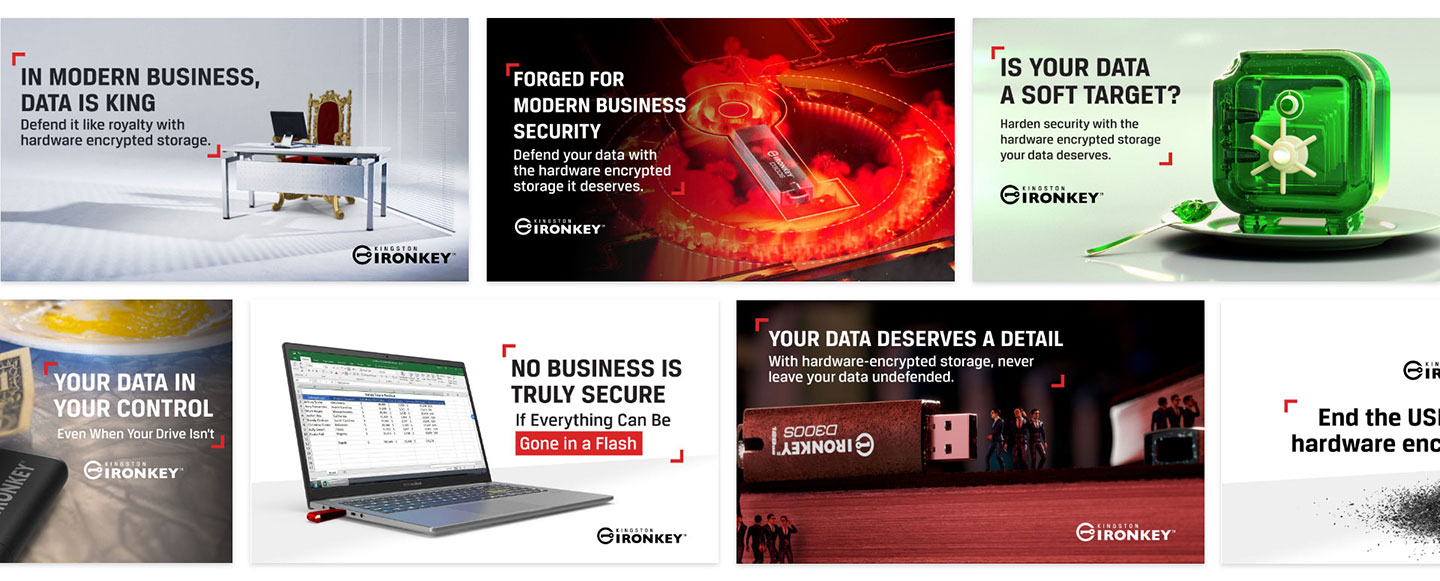
Benefits of AI-Powered Testing
Marketers adopting AI-powered A/B testing see clear advantages:
- Speed: Faster identification of winning variations means campaigns improve in real time.
- Efficiency: Lower costs by eliminating wasted spend on losing variations.
- Confidence: AI draws from larger datasets and complex models, making predictions more reliable than simple tests.
- Scalability: Test across multiple campaigns and channels without overwhelming internal teams.
Best Practices for Marketers Adopting AI Testing
While the potential is exciting, successful adoption requires a thoughtful approach:
- Select the right tools. Choose AI platforms that align with your campaign goals and integrate with existing systems.
- Ensure clean data inputs. AI models are only as strong as the data they’re fed—prioritize data hygiene.
- Balance automation with oversight. AI accelerates decision-making, but human judgment ensures brand voice and strategy remain consistent.
- Think holistically. AI testing should fit within a broader optimization strategy, not replace it entirely.

The Future of Experimentation in Marketing
AI-powered A/B testing is shifting experimentation from a slow, linear process into a dynamic, continuous cycle. Instead of simply measuring what worked yesterday, marketers can proactively shape what works tomorrow.
As AI tools evolve, testing will become less about “choosing the winner” and more about ongoing optimization—where campaigns constantly learn, adapt, and improve.
For marketers in competitive industries, that speed and agility may become the ultimate advantage.
Ready to bring AI into your testing strategy?
Partner with Bluetext to unlock faster, smarter results for your campaigns.
When most marketing leaders think about their brand, they picture messaging, design, campaigns, and storytelling. But there’s another, less visible dimension of brand health: web performance.
A brand’s digital presence is often the first and most consistent touchpoint for customers. If that experience is slow, inaccessible, or frustrating, it sends a message—one that undermines even the best campaigns. Web performance isn’t just a developer’s priority; it’s a marketing KPI that directly impacts trust, conversions, and long-term brand perception.
Why Web Performance Matters Beyond IT
Speed as the first brand impression
Users form an opinion about your site in seconds. A slow-loading homepage communicates inefficiency and neglect, while a fast, seamless experience signals professionalism and reliability.
Accessibility as inclusion and trust
Making your site accessible to all users—including those with disabilities—isn’t just a compliance issue. It’s a reflection of your brand’s values. Accessibility demonstrates inclusivity, empathy, and responsibility.
UX as a reflection of brand values
Clunky navigation, broken buttons, or misaligned mobile layouts create frustration. On the other hand, intuitive UX shows that you care about your audience’s time and experience—an extension of your brand promise.
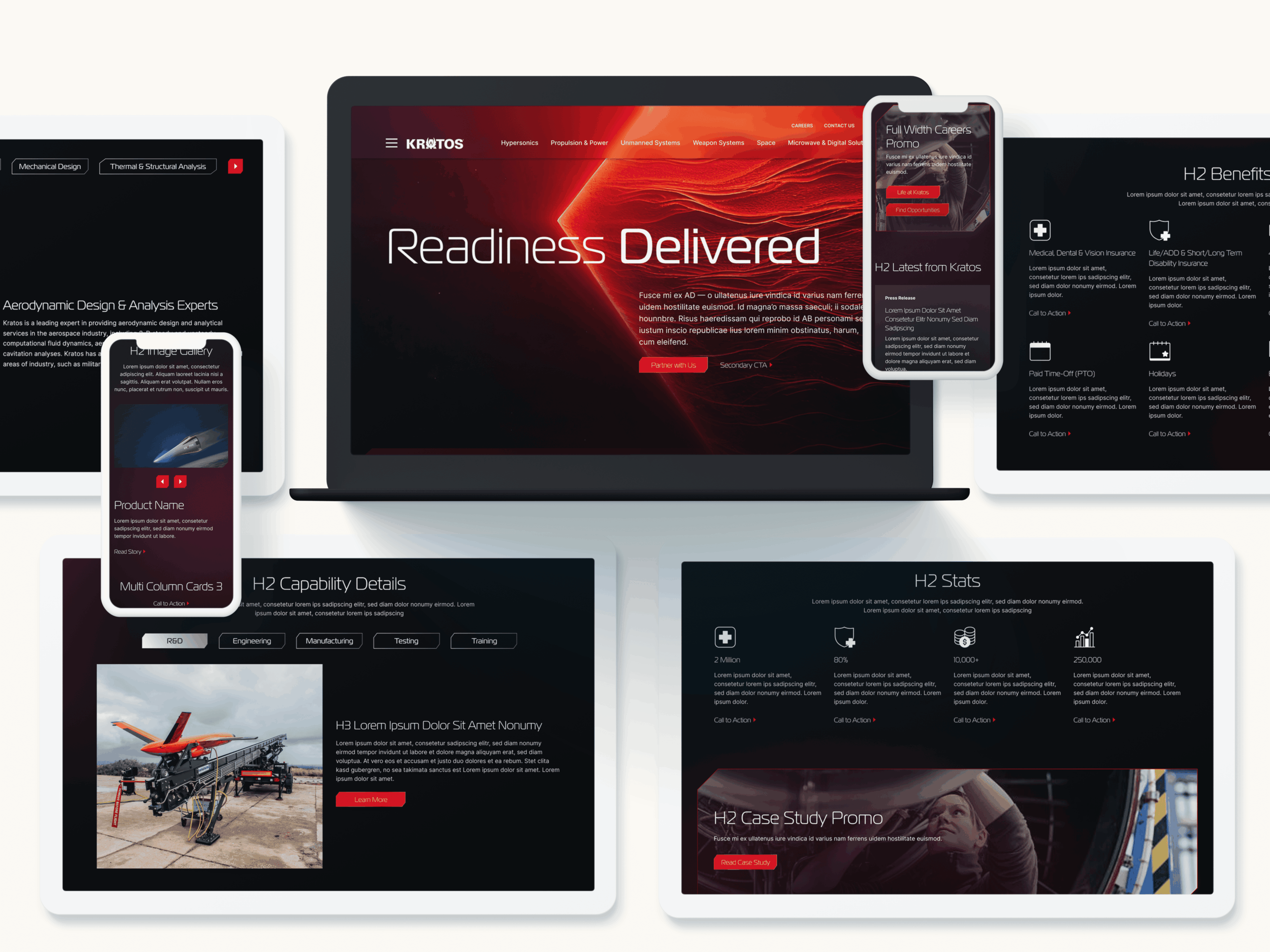
The Marketing Impact of Web Performance
Performance problems don’t just frustrate users—they cost real revenue and reputation.
- Conversions suffer: Studies show that even a one-second delay in load time can drop conversions by up to 7%.
- SEO rankings decline: Google prioritizes fast, user-friendly websites in search results.
- Brand equity erodes: If customers consistently struggle to interact with your brand online, their trust declines—even if your messaging is strong.
Accessibility is also emerging as a competitive differentiator. Brands that go above and beyond to create inclusive experiences not only avoid legal risks but also earn loyalty from a wider audience.
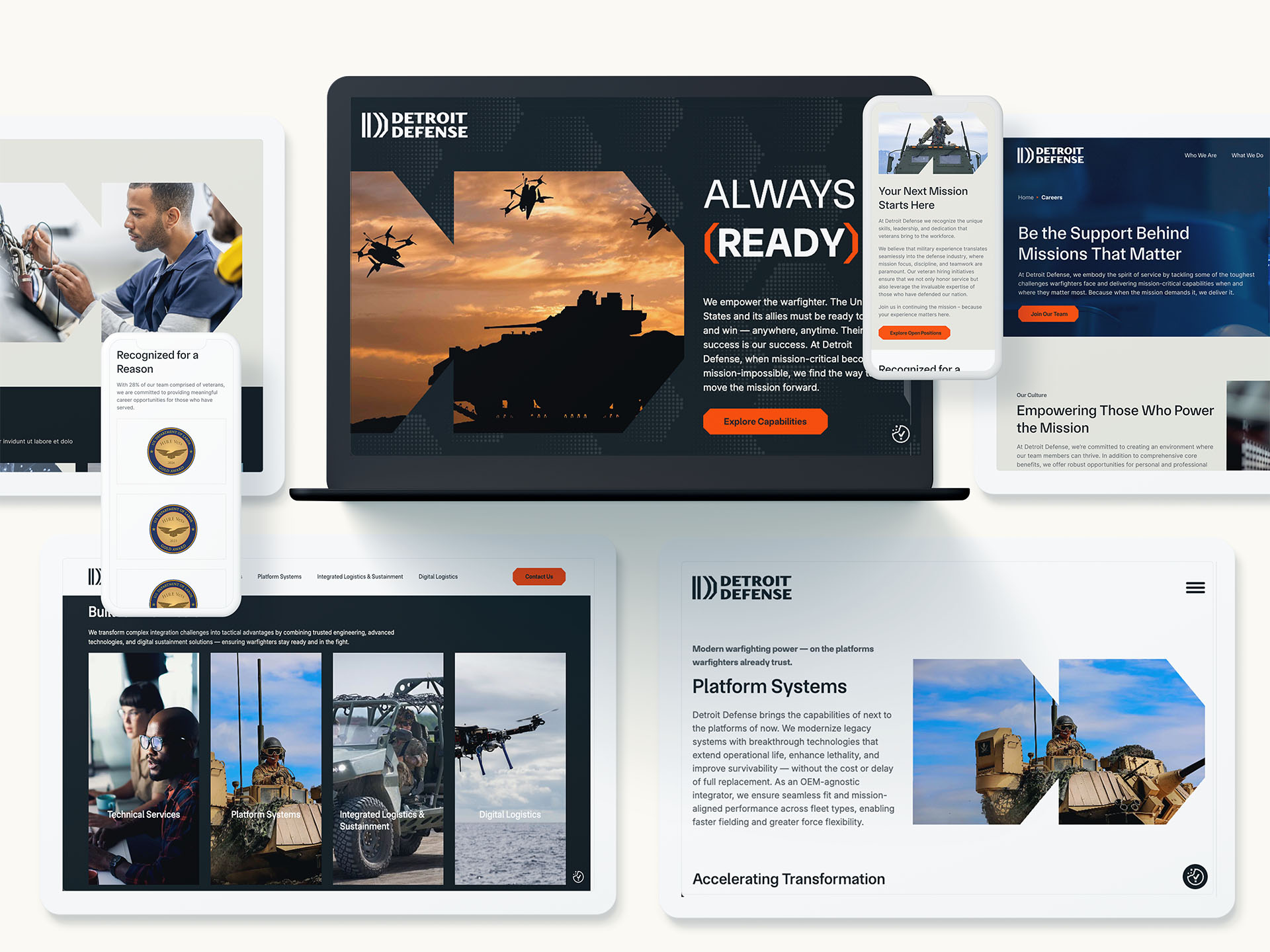
Key Web Performance Metrics Marketers Should Track
You don’t need to be a developer to understand the metrics that matter most:
- Core Web Vitals
- Largest Contentful Paint (LCP): How quickly the main content loads.
- First Input Delay (FID): How responsive the page feels.
- Cumulative Layout Shift (CLS): How stable the visuals are as the page loads.
- Accessibility Scores
- Benchmarked against WCAG standards, these measure how inclusive and usable your site is.
- Engagement Metrics
- Bounce rate, time on page, and conversion rates—all of which improve when performance is strong.
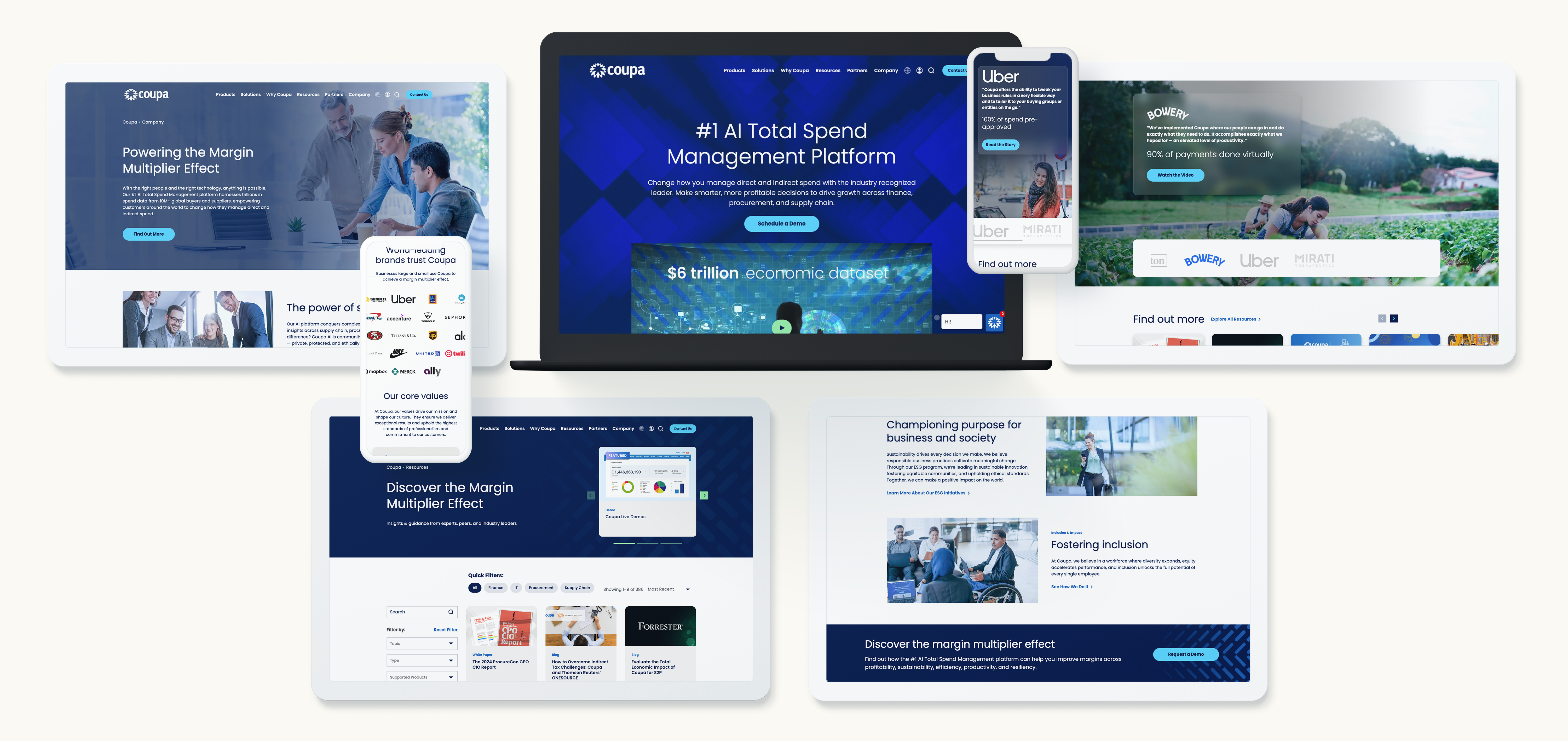
Turning Performance Into a Marketing KPI
Marketing leaders should elevate performance metrics alongside more traditional KPIs like impressions or conversions.
- Integrate into dashboards: Include speed, accessibility, and UX data in your regular brand reporting.
- Collaborate with dev teams: Marketing and development should align on the shared goal of delivering seamless experiences.
- Frame it for executives: Position performance as a direct driver of brand trust and customer loyalty.
Best Practices for Building a High-Performance Brand Experience
Performance improvements often come down to consistent, practical steps:
- Optimize images, video, and scripts for faster load times
- Adopt responsive, mobile-first design
- Incorporate accessibility from the design stage onward
- Continuously monitor with tools like Google PageSpeed Insights or Lighthouse
- Test frequently—small changes can reveal big wins
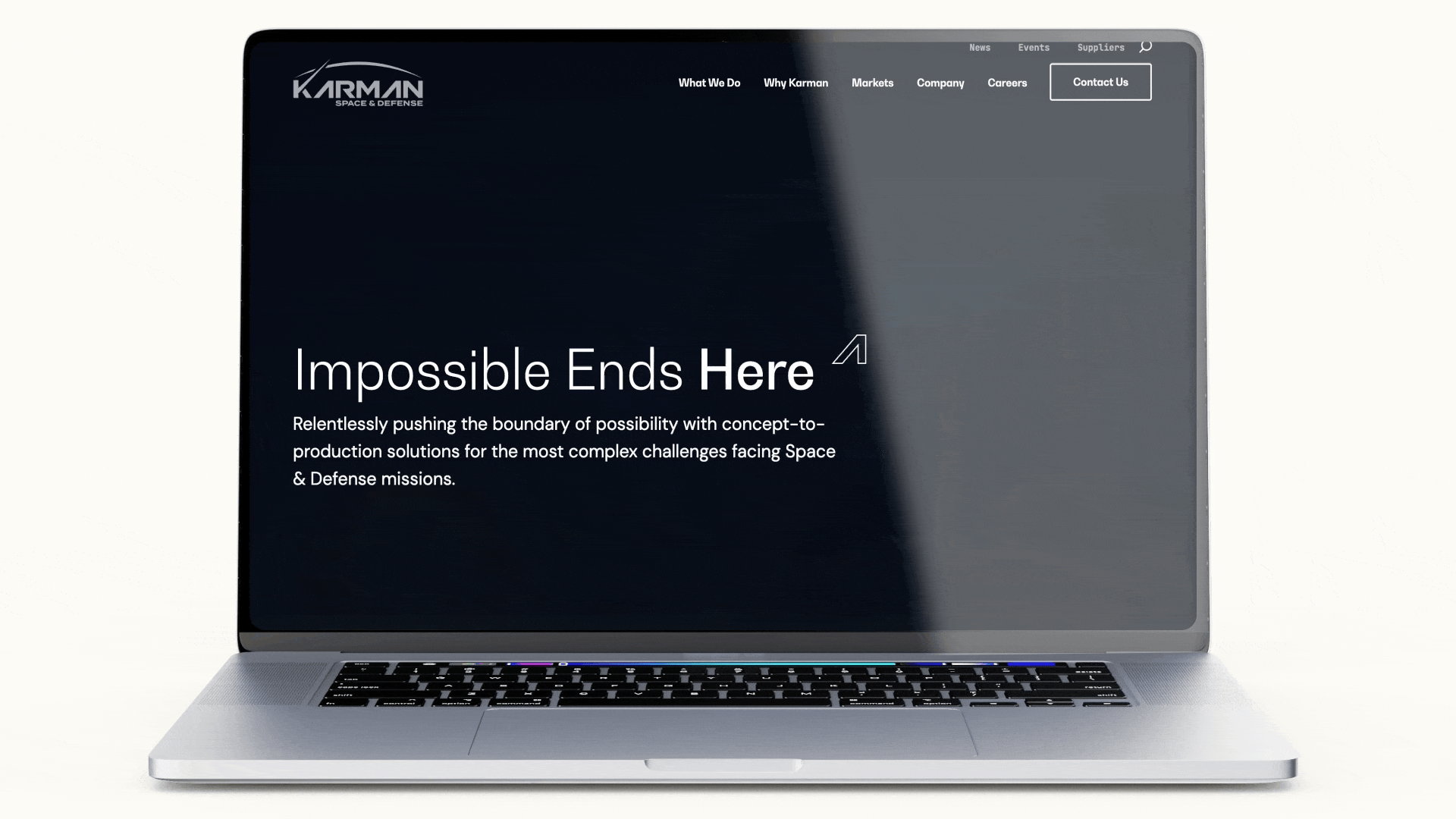
Bringing It All Together
Web performance is no longer a background concern for IT—it’s a frontline brand metric. Speed, accessibility, and UX shape how your audience perceives you before they even read a headline or click a button.
For marketing leaders, the challenge and opportunity are clear: make performance part of your brand DNA. Doing so not only boosts conversions but also reinforces trust, loyalty, and long-term brand value.
Looking to make your digital brand experience faster, more accessible, and more impactful? Contact Bluetext to turn performance into a brand advantage.
The average enterprise uses over 90 marketing technology tools across departments—and that number is still climbing. From campaign automation and CRMs to chatbots and data enrichment tools, it’s easy to see how even the most sophisticated marketing teams end up with tech stacks that are bloated, redundant, and wildly underutilized.
This growing complexity comes at a cost: disjointed customer experiences, wasted budget, operational inefficiency, and poor alignment with revenue goals.
That’s where a MarTech stack audit comes in.
A strategic audit doesn’t just clean house—it provides clarity. It helps marketing leaders identify which tools to keep, which to cut, and which can be combined to improve performance and simplify operations. If your stack feels more like a junk drawer than a power tool, it’s time to reassess.
The Risks of a Bloated MarTech Stack
Too much tech isn’t just inefficient—it’s actively harmful to your business outcomes. Here’s why:
- Wasted Budget: You’re likely paying for tools that are barely used—or completely unused.
- Data Silos: With multiple platforms collecting customer data, it’s harder to get a unified view of performance or behavior.
- Inefficient Workflows: Teams waste time toggling between platforms, managing duplicate processes, or dealing with misaligned automations.
- Frustrated Teams: When the stack doesn’t work together, Marketing Ops teams carry the burden of patching it all together manually.
If your MarTech stack feels like more of a burden than a benefit, that’s a clear signal it’s time for a comprehensive audit.
What to Keep: Tools That Support Revenue and Scalability
The goal isn’t to slash and burn—it’s to prioritize the platforms that deliver measurable value. When evaluating what to keep, focus on tools that:
- Drive ROI: Are you clearly seeing business impact from this tool (e.g., lead quality, conversion rate, revenue attribution)?
- Are Widely Adopted: If your team isn’t using the tool consistently or effectively, it’s not worth keeping.
- Integrate Well: Is the tool plugged into your data layer, CRM, or automation workflows?
Essential tools that often make the cut include:
- Customer Relationship Management (CRM) platforms like Salesforce or HubSpot
- Marketing Automation Tools such as Marketo, Pardot, or ActiveCampaign
- Analytics Platforms for performance tracking (Google Analytics, Looker, Tableau)
- Content Management Systems (CMS) with flexibility and personalization features
If the tool clearly supports your funnel—from awareness to revenue—and plays nicely with the rest of your stack, it’s a keeper.
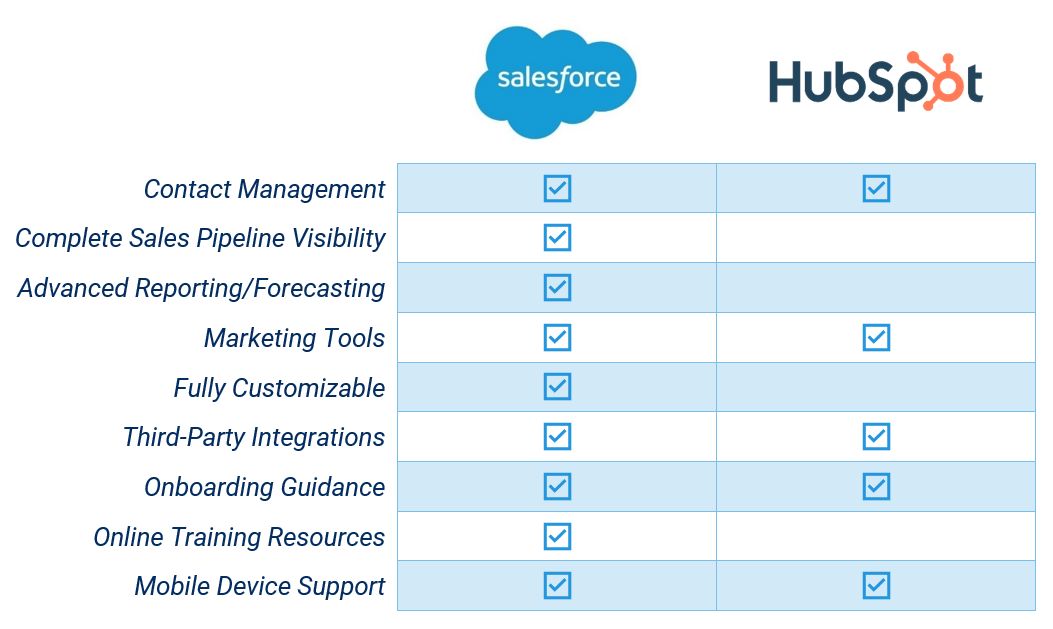
What to Kill: Tools That Drain Resources or Create Friction
Not every tool deserves a place in your stack. Some should be sunset to reduce complexity and cost. Red flags include:
- Redundancy: Are there multiple platforms performing the same function (e.g., two different email marketing platforms or survey tools)?
- Low Usage: Are licenses going unused or is the platform too complex for team adoption?
- Lack of Integration: Tools that operate in silos or require excessive manual workarounds aren’t worth the effort.
- Unclear ROI: If you can’t measure the value, it’s likely not driving results.
Killing tools can be a morale win too—your team will thank you for removing tech debt that slows down progress.
What to Combine: Tools That Overlap in Function
One of the most powerful outcomes of a MarTech audit is consolidation. Many modern platforms now offer multi-functional capabilities that replace the need for multiple point solutions.
Consider:
- All-in-One Marketing Platforms (like HubSpot or Adobe Experience Cloud) that combine CRM, email, automation, and content.
- Customer Data Platforms (CDPs) that centralize user behavior and enable personalization across tools.
- Integrated ABM Suites that unify ad targeting, content personalization, and sales insights.
The goal is to map your workflows and see where platform consolidation can improve speed, reduce costs, and minimize friction between teams.
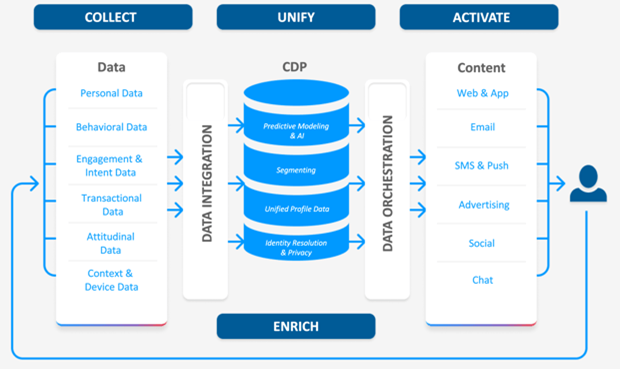
Best Practices for a Successful MarTech Stack Audit
A thorough audit requires more than just a list of logins. To do it right:
- Interview Stakeholders – Talk to your marketing, sales, ops, and analytics teams. Who’s using what? What’s actually working?
- Audit Usage and Cost – Review licensing data and usage reports. How often is each tool being used, and by whom?
- Map Integrations – Visualize how your tools connect. Where are the gaps or workarounds?
- Score Each Tool – Create an “impact vs. effort” matrix to weigh business value against maintenance cost.
- Align With Strategy – Don’t just audit for efficiency—audit for alignment. Tools should directly support your current and future marketing goals.
This process doesn’t just declutter—it sets the foundation for a smarter, more integrated marketing engine.
How to Future-Proof Your Stack Post-Audit
After your audit, don’t fall back into old habits. Build in long-term governance by:
- Creating Documentation – Ensure tool purpose, owners, and integrations are clearly documented.
- Assigning Ownership – Every tool should have a designated owner responsible for training, performance, and license management.
- Scheduling Regular Re-Audits – A quarterly or annual review helps keep your stack lean and aligned with evolving goals.
- Involving Revenue Teams – Tech decisions should never be made in a marketing silo. Ensure cross-functional alignment with sales, RevOps, and finance.
The best MarTech stacks are intentional, integrated, and iterative—not accidental patchworks of vendor hype.
Looking to Streamline Your Stack Without Sacrificing Strategy?
Bluetext helps marketing leaders cut through the noise and reclaim control of their tech stack. Our MarTech stack audits are designed to uncover hidden inefficiencies, align your tools with revenue goals, and lay the foundation for scalable, data-driven marketing operations.
Contact us to schedule your audit and future-proof your stack.
In a marketing world driven by personalization, relevance, and precision, a one-size-fits-all approach no longer cuts it. As markets mature and buyers demand deeper expertise, more global CMOs are turning to a proven strategy to break through the noise: verticalization.
Rather than positioning their products or services in broad horizontal terms (e.g., “project management software” or “cloud security”), top SaaS and services brands are embracing industry-specific go-to-market strategies that speak directly to the pain points, regulations, and nuances of distinct verticals like healthcare, government, financial services, or manufacturing.
And the results? Higher win rates, stronger brand affinity, and shorter sales cycles.
What Is Verticalization—and Why Now?
Verticalization means tailoring your entire marketing and sales motion—messaging, content, campaigns, and even product features—to the needs of a specific industry.
It’s more than just inserting an industry name into a landing page. It’s about showing buyers that you understand their world—their compliance requirements, their legacy systems, their KPIs—and that your solution was built with their unique context in mind.
With B2B decision-makers increasingly tuning out generic messaging, brands that go deep rather than wide are standing out.
Why CMOs Are Leaning In
Global marketing leaders are investing in verticalization because it delivers measurable, strategic advantages:
1. Relevance that drives resonance
Generic messaging may sound safe, but it rarely inspires action. Tailored industry messaging helps buyers see themselves in your story—and moves them further down the funnel.
2. Faster sales cycles
Industry-aligned sales enablement tools (e.g., vertical case studies, ROI calculators) help reps build trust faster and reduce time spent educating prospects on fit.
3. Better content performance
Industry-specific thought leadership and gated content drive higher engagement and conversion rates, especially in ABM or outbound campaigns.
4. Stronger differentiation
In crowded categories, vertical fluency sets you apart. Buyers don’t just want software—they want solutions built for them.
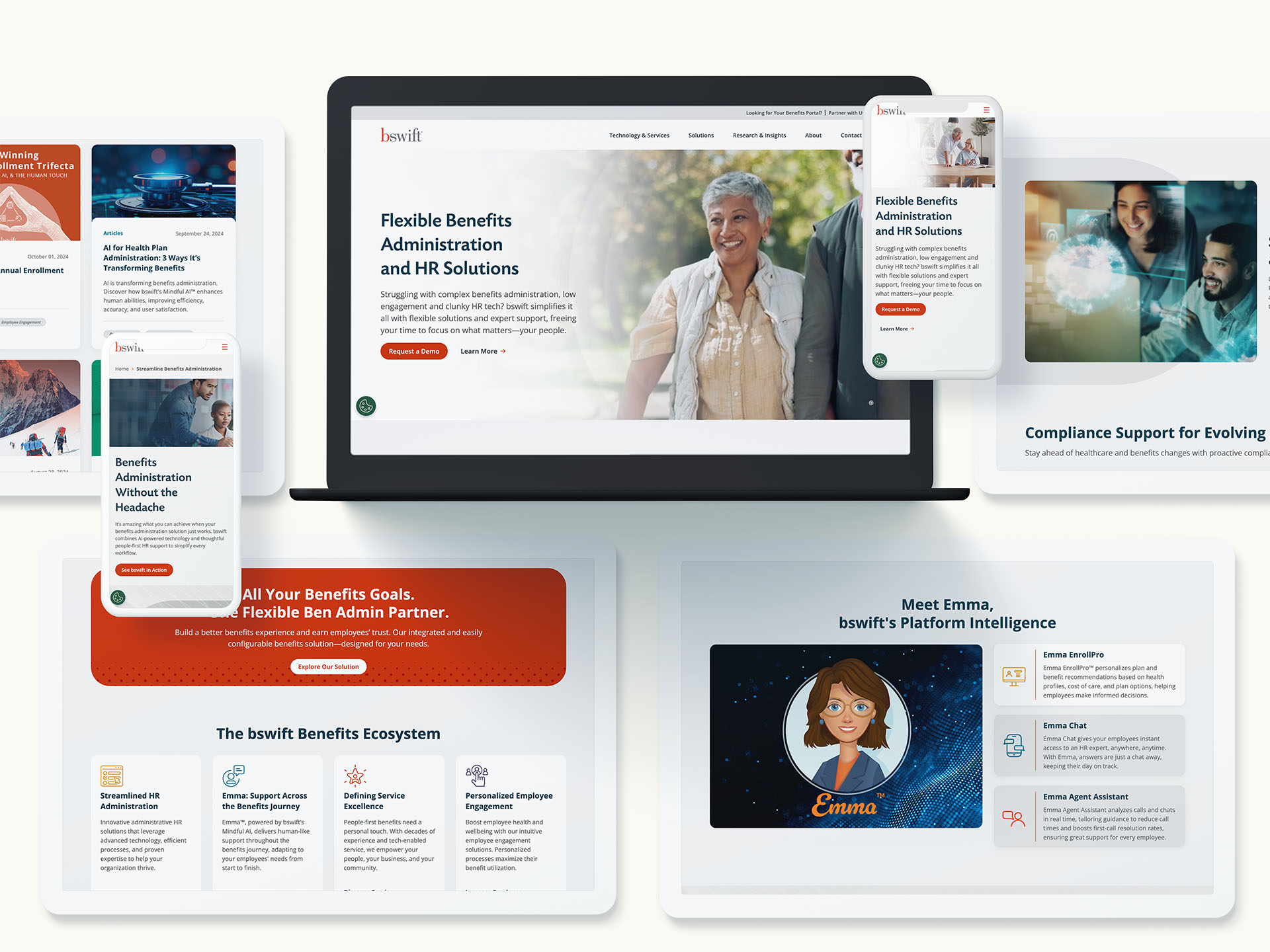
What Verticalized Marketing Looks Like in Practice
To make verticalization work, brands need to operationalize it across the marketing ecosystem:
1. Dedicated industry teams or pods
Many global CMOs are standing up “vertical marketing managers” or small pods that own campaign development, content calendars, and sales enablement for a given sector.
2. Industry-tailored buyer journeys
From awareness to conversion, each touchpoint should reflect the language, needs, and challenges of that specific industry—whether it’s a white paper for healthcare CIOs or a nurture flow for state-level procurement teams.
3. Customized web experiences
Landing pages, homepage segments, or entire microsites built for individual industries can dramatically improve engagement and conversion.
4. Sales and marketing alignment
Ensure that industry-specific marketing efforts are tightly integrated with sales motions. The messaging used in campaigns should map directly to the conversations happening in the field.

Deep Messaging, Not Just Different
Verticalization isn’t a find-and-replace exercise. Buyers can smell inauthenticity. To be effective, your marketing must show true domain expertise.
That means:
- Speaking to regulatory realities (e.g., HIPAA, FedRAMP, PCI-DSS)
- Referencing industry-specific workflows or pain points
- Using metrics that matter to the sector—whether it’s uptime, throughput, cost per bed, or citizen satisfaction
Collaborating with subject matter experts, leveraging customer testimonials, and co-creating with vertical influencers can help you avoid surface-level messaging.
How to Scale Without Losing Focus
A common concern with verticalization is that it can become complex and resource-intensive. The key is building systems that allow for scale and specificity:
- Create modular campaign assets (e.g., hero videos, pitch decks, email sequences) that can be easily adapted per vertical.
- Develop a flexible brand framework that preserves consistency while enabling regional or industry customization.
- Use a centralized DAM and CMS to manage, update, and distribute vertical-specific content across global teams.
- Define a rollout roadmap—you don’t need to verticalize for every industry at once. Start with your top-performing or highest-potential sectors.

Why It Works
At its core, verticalized marketing works because it meets buyers where they are. It builds credibility, confidence, and conversion power—three things every marketing leader is after.
And in competitive categories where every brand sounds the same, speaking your buyer’s language is no longer a nice-to-have—it’s a strategic imperative.
Want to Build an Industry-Specific Growth Strategy?
Bluetext helps brands reframe their messaging, campaigns, and go-to-market strategies around the industries that matter most. Whether you’re launching into new sectors or scaling vertical programs globally, we build frameworks that drive results. Contact us to start verticalizing your marketing—and winning where it counts.
The marketing technology (martech) landscape is booming—and so is the complexity that comes with it. With over 11,000 martech tools on the market, many organizations find themselves buried in platforms, subscriptions, and software that don’t deliver ROI.
If your martech stack feels more like a maze than a growth engine, it’s time for a strategic reset. Here’s how to go beyond the buzzwords and optimize your martech for real results.
Why Martech Optimization Matters
A bloated or misaligned martech stack can lead to:
- Redundant tools and wasted spend
- Disconnected data and siloed teams
- Underused software and poor adoption
- Difficulty proving ROI to stakeholders
Optimizing your martech means streamlining tools, aligning them to business goals, and ensuring every platform delivers measurable value.
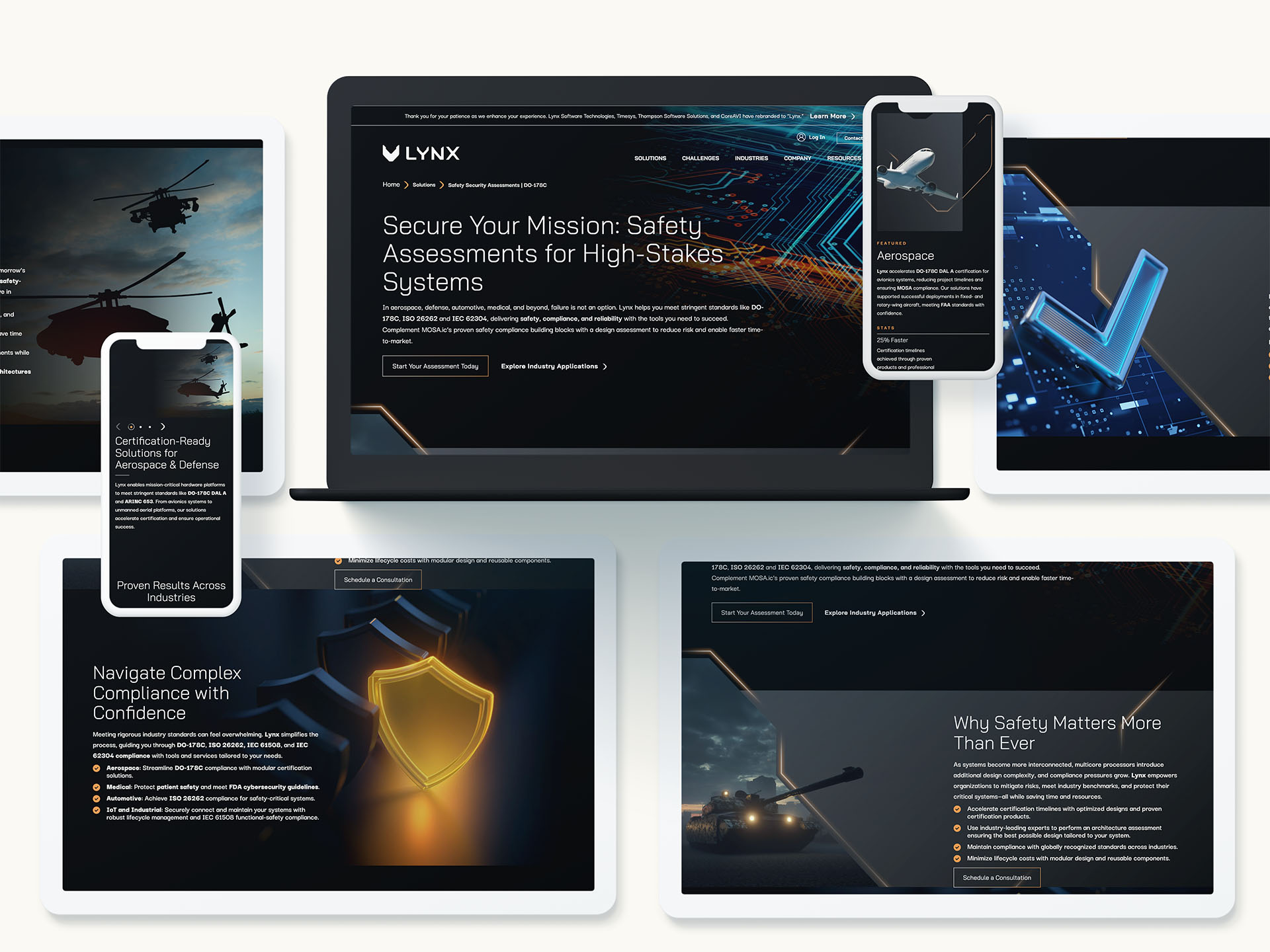
Step 1: Align Martech to Marketing Goals
Start with the “why” before the “what.” Define:
- Primary objectives (Lead generation? Customer engagement? Attribution?)
- Success metrics (Conversions, CAC, lifetime value, campaign ROI)
- Key workflows that need to be supported by tech (Email automation? CRM integration? Ad targeting?)
This ensures your stack supports your strategy, not the other way around.
Step 2: Audit Your Existing Stack
Conduct a full martech inventory:
- List all platforms by category (CRM, email, CMS, analytics, etc.)
- Note users, costs, usage levels, and integrations
- Highlight tools that are underutilized or duplicative
Tools like CabinetM or G2 Stack can help visualize your ecosystem.
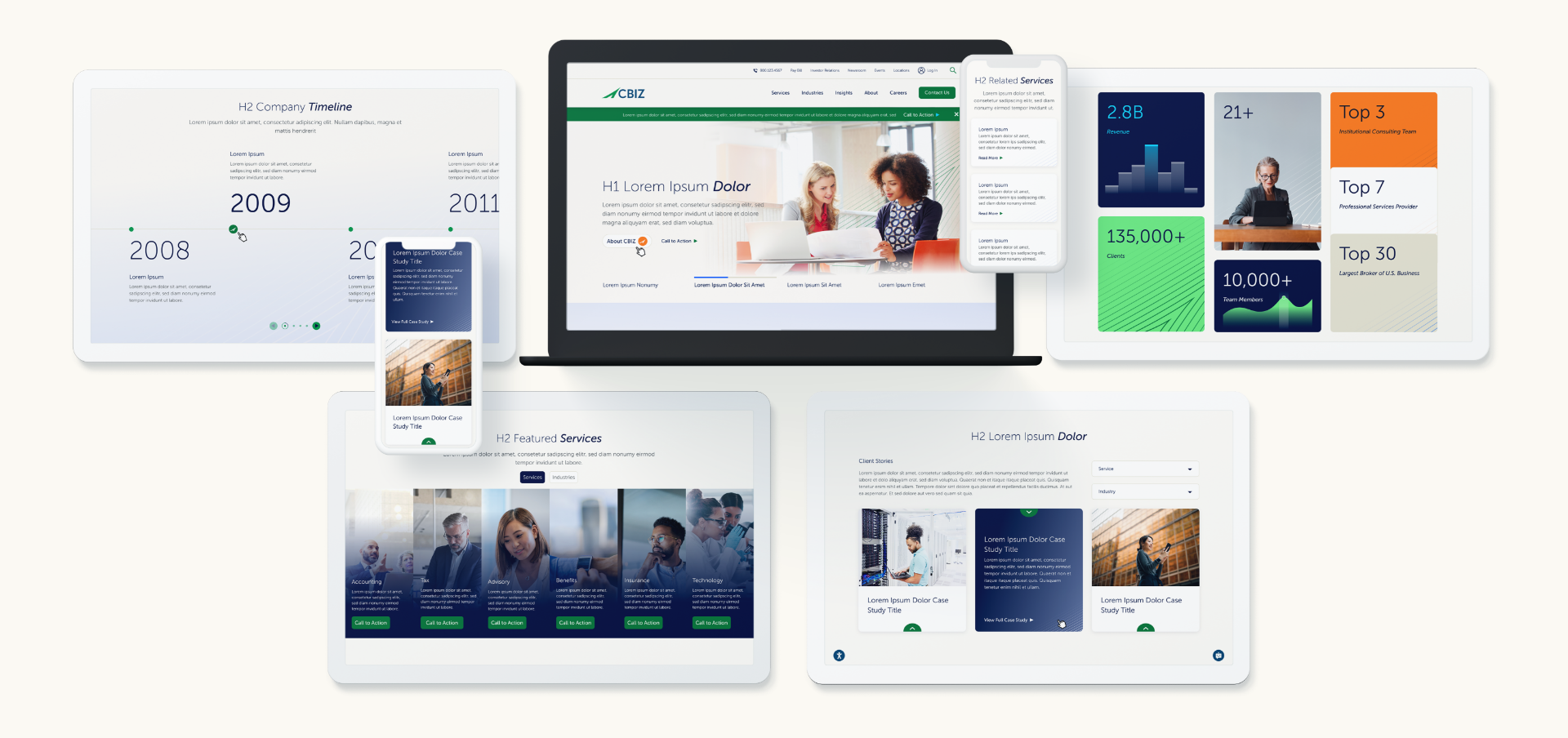
Step 3: Identify Gaps and Overlaps
Look for:
- Tools that serve the same function (e.g., two email automation platforms)
- Missing capabilities (e.g., no attribution modeling or A/B testing tool)
- Data disconnects between platforms
Ask: is each tool mission-critical, or is it a “nice to have”?
Step 4: Streamline and Strategically Select New Tools
For any new martech selection:
- Start with clear use cases
- Involve cross-functional teams (marketing, sales, IT)
- Prioritize platforms that integrate easily and scale with you
Beware of shiny object syndrome—choose utility over novelty.
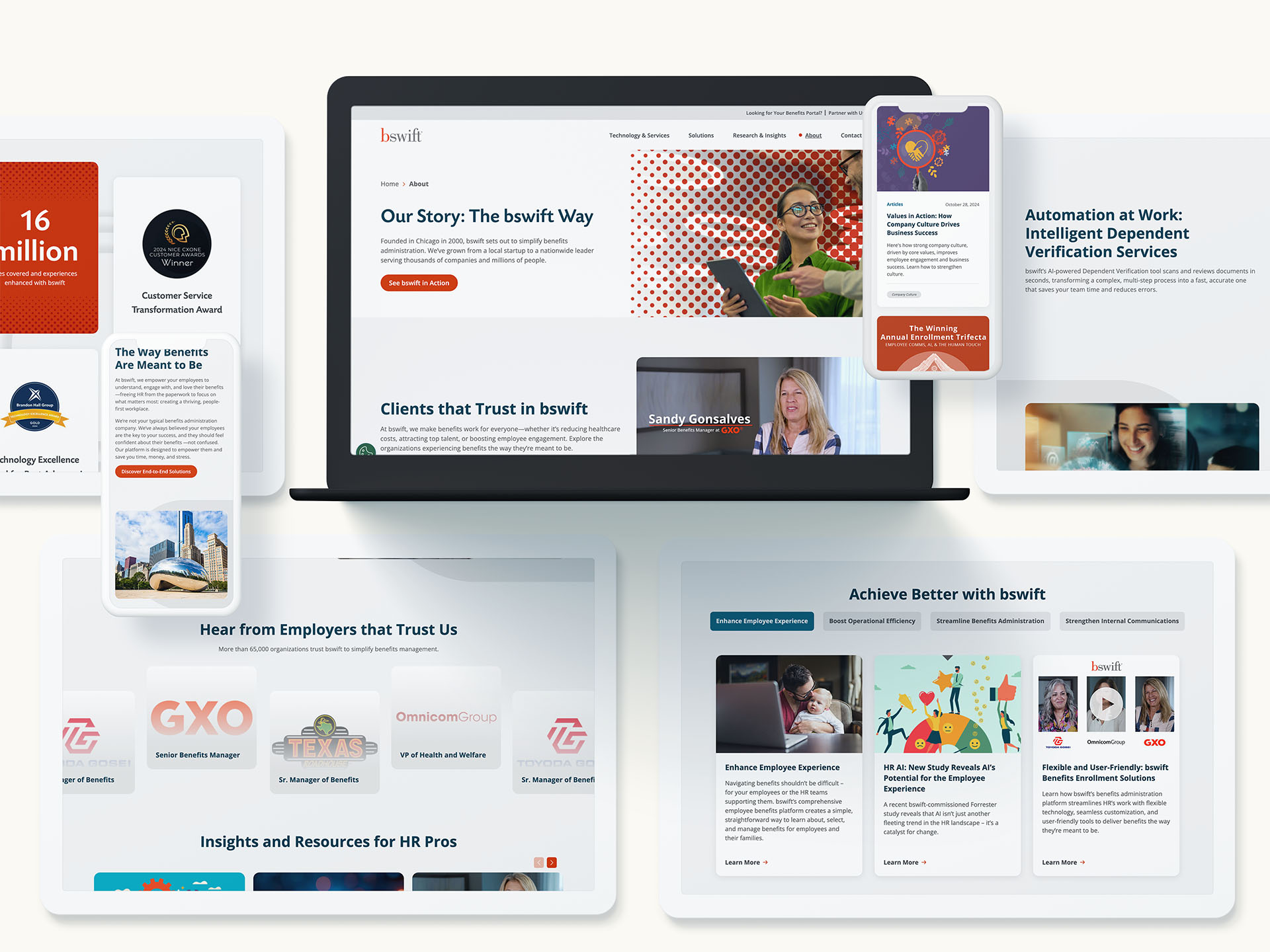
Step 5: Ensure Adoption and Performance
A platform is only valuable if your team actually uses it. Focus on:
- Onboarding and training
- User-friendly dashboards and automation
- Regular check-ins and optimization cycles
- Tracking ROI with clear KPIs
Martech should evolve alongside your marketing strategy—not become an obstacle to it.
Cut the Noise. Maximize the ROI.
Effective martech isn’t about having more tools—it’s about having the right tools. By taking a strategic, user-centered approach to optimization, businesses can simplify their stack, reduce costs, and improve outcomes across the funnel.
Want help making your martech stack work harder (and smarter)? Connect with Bluetext to schedule a martech optimization consultation.
The lines between public relations and digital marketing continue to blur, creating new opportunities for brands to amplify their reach and credibility. In 2025, successful marketing strategies will rely on seamless integration between PR and digital channels, leveraging data-driven insights, AI, and multimedia content to engage audiences effectively. This blog explores how businesses can align PR and digital marketing to maximize brand impact.
The Convergence of PR and Digital Marketing
Traditionally, PR focused on reputation management and media relations, while digital marketing prioritized lead generation and online visibility. However, as the digital landscape evolves, PR and digital marketing must work together to build trust and drive engagement.
Key Benefits of Integrating PR and Digital Marketing:
- Enhanced credibility: Digital PR efforts, such as guest articles and influencer collaborations, build authority and trust.
- Greater reach: Combining PR-driven storytelling with SEO and social media extends brand visibility.
- Stronger audience connections: Engaging content backed by PR strategies fosters deeper relationships.
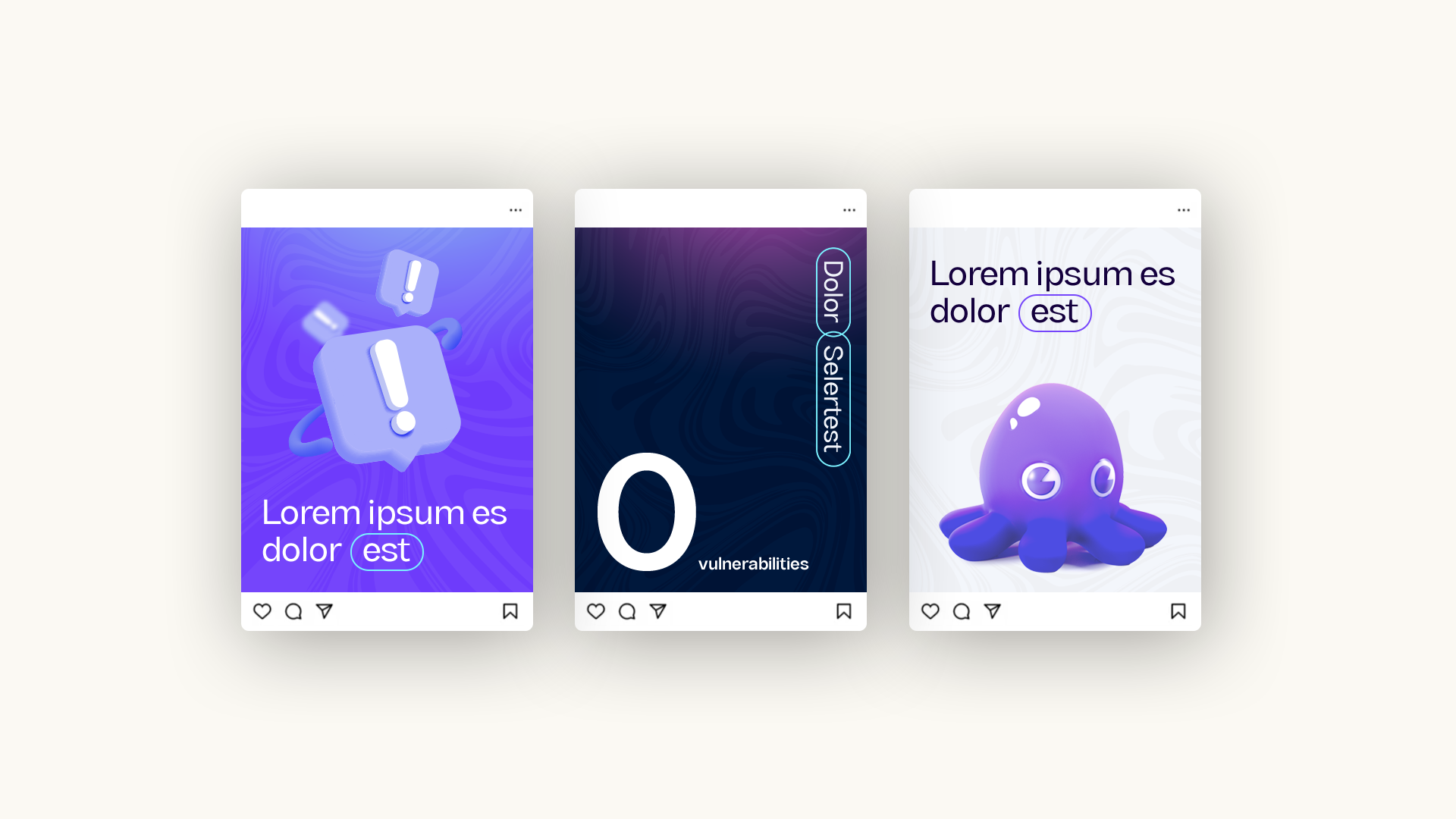
Strategies for a Unified PR & Digital Marketing Approach
1. Data-Driven PR Campaigns
Leveraging analytics and audience insights enables PR teams to craft targeted messages that align with digital marketing goals.
2. Content Marketing with PR Influence
Creating high-quality content that aligns with PR narratives helps brands establish thought leadership and authority.
3. Social Media Amplification
PR efforts gain traction when combined with social media strategies, driving greater engagement and shareability.
4. SEO-Optimized Press Releases
Optimizing press releases for search engines ensures they reach a wider audience and contribute to long-term brand visibility.
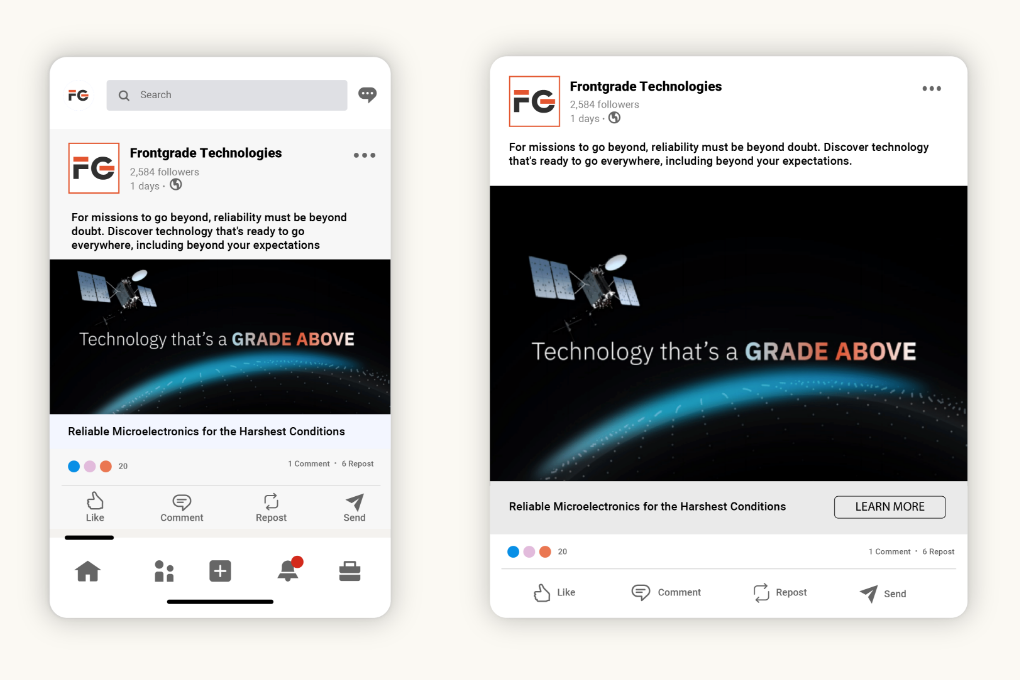
Future Trends: Where PR Meets Digital in 2025
AI-powered media monitoring will enhance PR effectiveness, enabling brands to track conversations and measure sentiment more efficiently. Influencer-driven PR will play a greater role in brand credibility, as consumers continue to value authentic endorsements. Additionally, interactive PR campaigns using video, augmented reality (AR), and virtual reality (VR) will provide immersive storytelling experiences that captivate audiences. By staying ahead of these trends, businesses can ensure their PR and digital marketing efforts remain impactful and relevant.
Looking to integrate PR and digital marketing seamlessly? Contact Bluetext today to build a cohesive strategy that drives results.
In an era where data is often called the “new oil,” marketing teams that harness its potential can achieve unprecedented success. Data-driven marketing—using analytics and insights to inform campaign strategies—is no longer a nice-to-have; it’s a necessity for businesses aiming to maximize their return on investment (ROI). This approach helps marketers target the right audience, refine messaging, and allocate budgets effectively, resulting in measurable and impactful outcomes.
But how can your organization fully embrace data-driven marketing in 2025? Let’s explore the strategies, tools, and benefits that make this approach the key to driving ROI in the modern marketing landscape.
The Fundamentals of Data-Driven Marketing
At its core, data-driven marketing is about using customer data and analytics to tailor campaigns that resonate with specific audiences. It goes beyond traditional demographics, diving into behavioral, transactional, and even psychographic data. This comprehensive view allows marketers to:
- Understand customer preferences and behaviors.
- Predict future trends and demands.
- Personalize messaging to drive higher engagement.
Key Types of Data
- First-Party Data: Information you collect directly from your audience, such as website interactions, purchase history, and email sign-ups.
- Second-Party Data: Data shared by trusted partners, offering a broader view of customer behavior.
- Third-Party Data: Aggregated information from external sources, useful for expanding reach and identifying new segments.
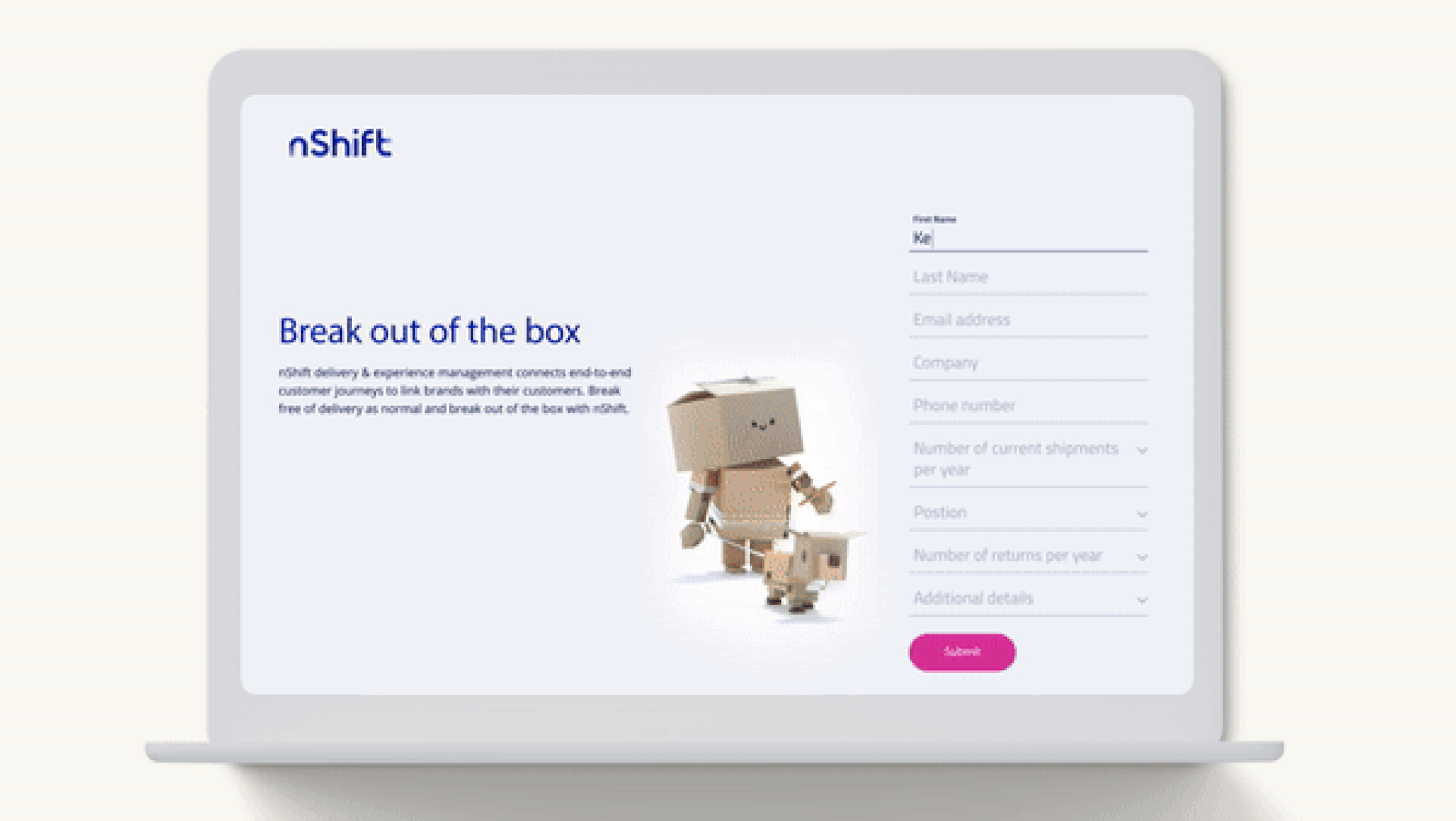
Why Data-Driven Marketing Matters
1. Precision Targeting
One of the most significant advantages of data-driven marketing is the ability to precisely target your audience. Instead of casting a wide net, you can focus on high-value prospects who are more likely to convert. For example, predictive analytics can identify users who are ready to make a purchase, enabling you to tailor your messaging accordingly.
2. Improved Customer Experiences
Today’s buyers expect personalized experiences. According to recent studies, 80% of consumers are more likely to engage with brands that offer tailored content. Data-driven insights enable you to deliver the right message at the right time through the right channel.
3. Efficient Budget Allocation
With detailed performance metrics, data-driven campaigns allow you to optimize your marketing spend. By identifying which channels, messages, and strategies yield the best results, you can allocate budgets more effectively and avoid wasted resources.

Building a Data-Driven Marketing Strategy
Transitioning to a data-driven approach requires careful planning and execution. Here’s how to get started:
1. Define Clear Objectives
Start by identifying what you want to achieve with your campaigns. Are you looking to increase brand awareness, drive conversions, or retain customers? Clear goals will help you focus your data collection and analysis efforts.
2. Invest in the Right Tools
Leverage marketing technology platforms that offer robust analytics capabilities. Tools like Google Analytics, HubSpot, and Tableau can provide valuable insights into customer behavior and campaign performance. Additionally, consider investing in a customer data platform (CDP) to centralize and organize your data.
3. Collect and Integrate Data
Gather data from all available touchpoints, including your website, social media channels, email campaigns, and CRM systems. Integration is key—ensure that your data sources are connected to provide a unified view of your customers.
4. Segment Your Audience
Use your data to divide your audience into meaningful segments. Factors like purchase history, engagement levels, and geographic location can help you create highly targeted campaigns.
5. Test and Optimize
A/B testing is a cornerstone of data-driven marketing. Experiment with different headlines, visuals, and calls-to-action to determine what resonates best with your audience. Use these insights to continuously refine your campaigns.

Overcoming Challenges
Despite its advantages, data-driven marketing comes with challenges. Here’s how to address common hurdles:
- Data Privacy Regulations: Stay compliant with laws like GDPR and CCPA by implementing robust data governance practices. Ensure transparency in how you collect and use customer data.
- Data Overload: Avoid analysis paralysis by focusing on the metrics that align with your objectives. Not all data is equally valuable.
- Team Expertise: Invest in training to equip your team with the skills needed to analyze data and derive actionable insights.
The Future of Data-Driven Marketing
As technology advances, the potential of data-driven marketing continues to grow. Emerging trends include:
- AI-Powered Insights: Machine learning algorithms can analyze vast datasets to uncover patterns and predict outcomes with greater accuracy.
- Real-Time Personalization: Dynamic content delivery will enable brands to adapt messaging on the fly based on real-time user behavior.
- Integration with IoT Devices: Data from smart devices will provide deeper insights into customer preferences and habits.
Take the Next Step
Ready to elevate your marketing efforts with data-driven strategies? Bluetext can help. Our team of experts specializes in leveraging analytics and insights to create campaigns that deliver measurable results. Contact us today to learn how we can help your business achieve its marketing goals in 2025 and beyond.
In the healthcare industry, trust and privacy are paramount. Patients and providers alike demand reassurance that sensitive data is being handled securely and ethically. As data breaches and cybersecurity threats make headlines, healthcare organizations have a unique opportunity to differentiate themselves by showcasing their commitment to data privacy and compliance.
For healthcare marketers, emphasizing strong privacy practices, such as HIPAA compliance and cutting-edge data security measures, isn’t just a regulatory necessity—it’s a strategic advantage. This blog explores how to turn data privacy into a compelling value proposition that resonates with hospitals, clinics, and healthcare networks.
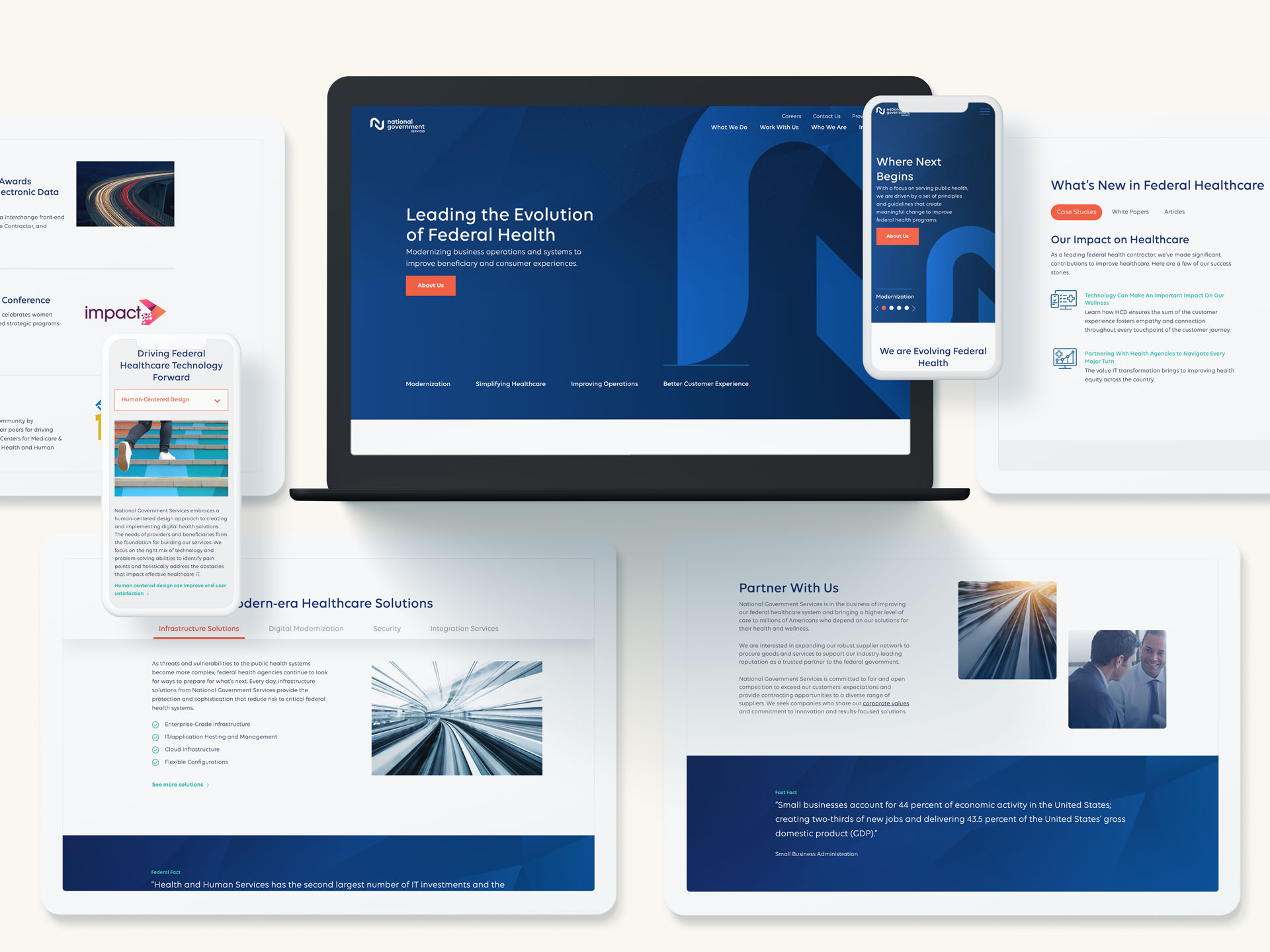
Why Data Privacy Matters to Healthcare Audiences
Healthcare professionals operate in one of the most highly regulated and privacy-sensitive industries. Their ability to deliver care hinges on secure and accurate data management. When choosing partners, they look for organizations that prioritize data security as much as they do.
Highlighting your commitment to data privacy addresses several key buyer concerns:
- Regulatory Compliance: Ensuring patient confidentiality is a non-negotiable requirement for any healthcare partner. Compliance with standards like HIPAA or GDPR signals reliability.
- Trust and Transparency: Organizations that communicate openly about their privacy practices foster trust with their audience.
- Risk Mitigation: Data breaches can lead to severe financial penalties and reputational damage. Healthcare organizations want partners who reduce, not add to, their risks.
By aligning your marketing with these priorities, your brand becomes a trusted ally in a challenging landscape.
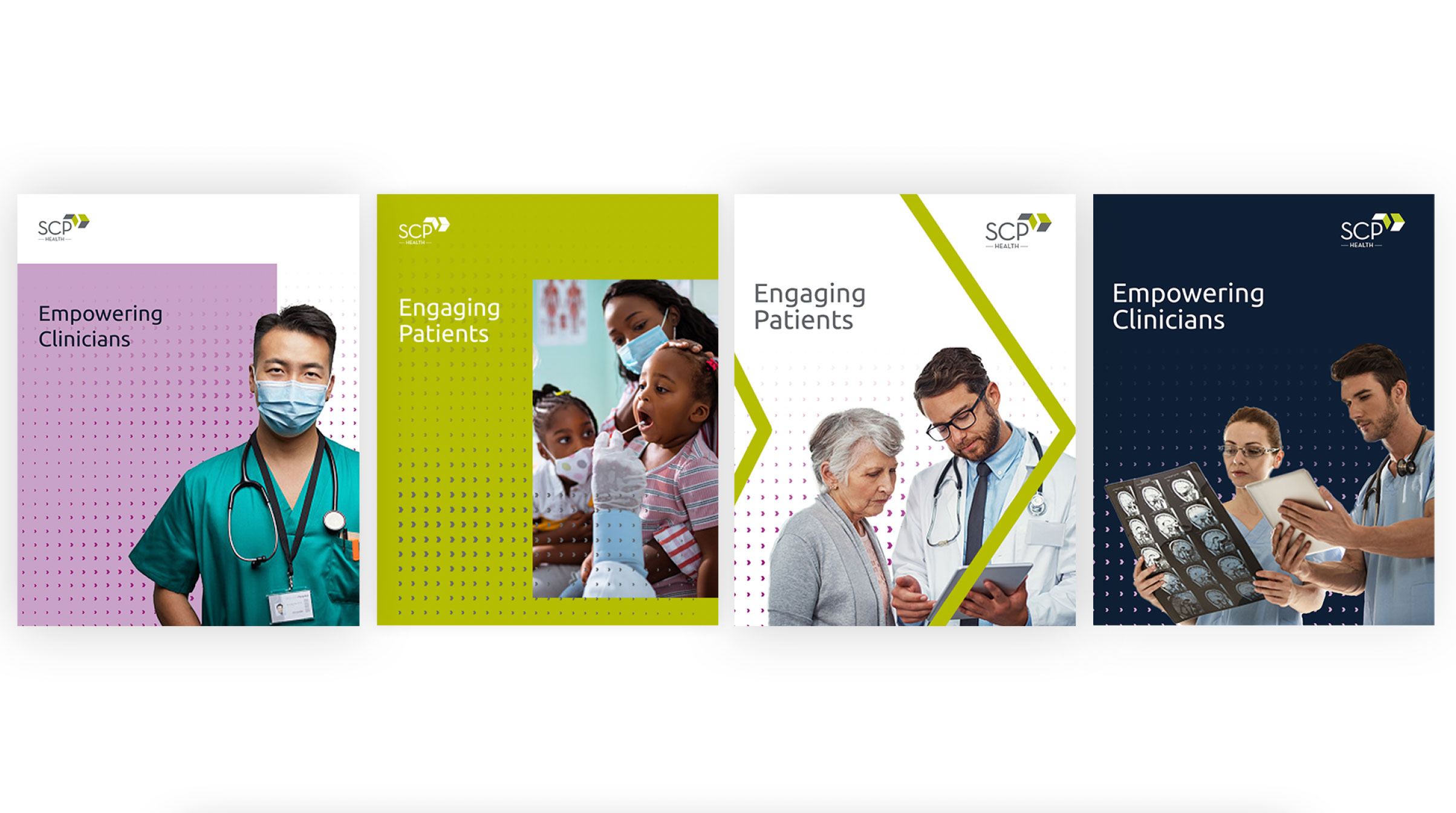
Turning Compliance into a Competitive Edge
Many healthcare companies view compliance as a box to check, but savvy marketers understand its potential as a selling point. Here’s how to elevate compliance from a baseline requirement to a standout feature:
- Showcase Certifications: Use your marketing materials to prominently feature industry certifications and accreditations. This reassures buyers that your processes meet or exceed regulatory standards.
- Educate Your Audience: Share blogs, videos, or whitepapers that explain complex data privacy topics in accessible language. For example, create content that demystifies HIPAA or offers tips for avoiding common compliance pitfalls.
- Promote a Proactive Approach: Highlight how your brand goes beyond basic compliance to implement advanced security measures, such as data encryption, threat detection, or regular audits.
These efforts position your brand as a partner that prioritizes customer safety and peace of mind.
Crafting a Privacy-Focused Brand Narrative
Marketing campaigns that weave privacy into their core messaging stand out in a crowded field. To craft a compelling narrative:
- Focus on the Human Impact: Remind your audience that data privacy isn’t just about technology—it’s about protecting patients’ lives and well-being.
- Highlight Your Role as a Guardian: Frame your organization as a protector of sensitive healthcare information.
- Use Real-World Examples: Share anonymized case studies to illustrate how your privacy protocols have successfully safeguarded patient data or avoided breaches.
When your messaging resonates on an emotional level, it leaves a lasting impression.
Tools and Channels to Amplify Your Message
To effectively convey your commitment to data privacy, leverage the right platforms and strategies:
- LinkedIn Thought Leadership: Publish posts or articles that share your team’s insights on data privacy trends in healthcare.
- Email Campaigns: Develop segmented campaigns targeting different audiences, such as CIOs or compliance officers, emphasizing your privacy strengths.
- Trade Shows and Events: Use conferences to showcase your expertise, whether through speaking engagements or interactive booth displays that highlight your security protocols.
These efforts ensure your message reaches decision-makers and influencers across the healthcare ecosystem.
Building Trust Through Data Privacy
In today’s healthcare landscape, a brand’s commitment to data privacy can set it apart from competitors. By proactively addressing privacy concerns and demonstrating compliance, healthcare marketers can build trust, foster long-term relationships, and create a competitive edge.
Are you ready to position your healthcare brand as a leader in data privacy and security? Contact Bluetext today to learn how we can help you create impactful campaigns that resonate with your audience.
